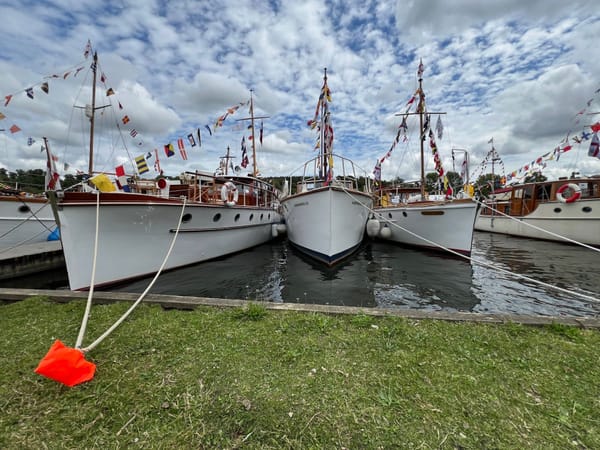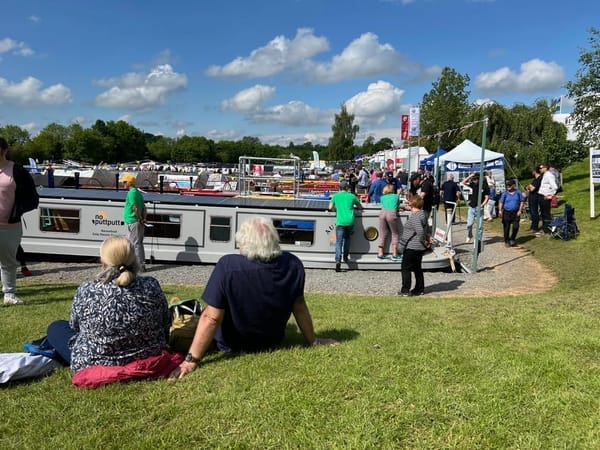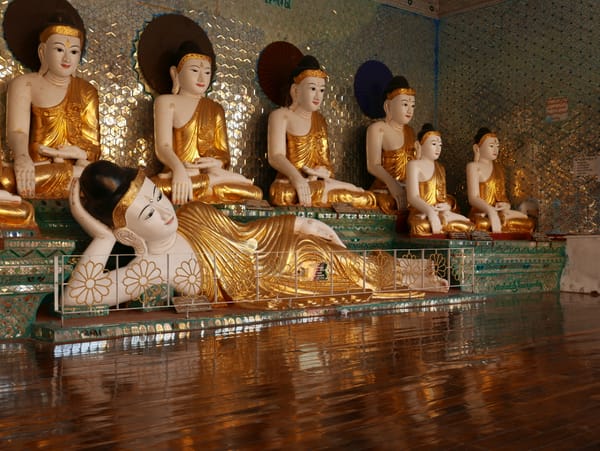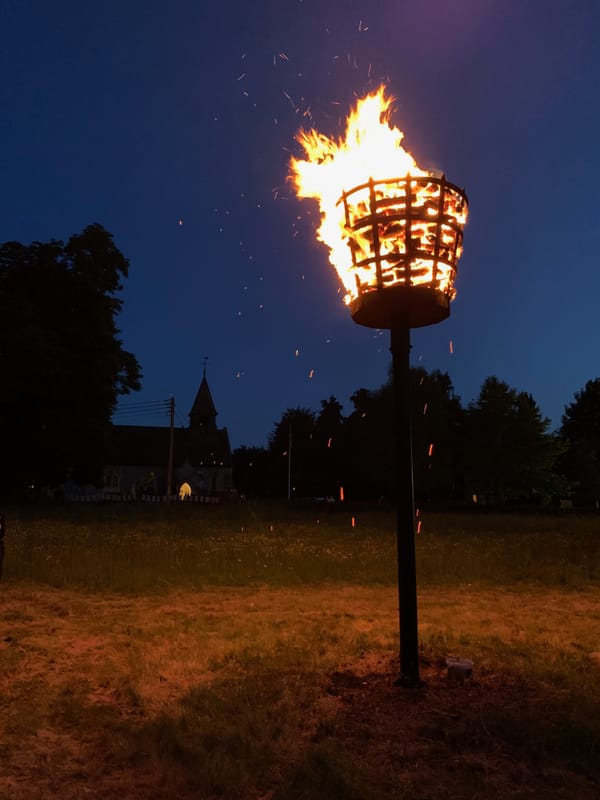Cambodia — A summary of my four-day guided tour of the Siem Reap area, Cambodia
Was the four-day tour worth it?
September 2015
The simple answer to the question was the four-day tour worth it is yes.
So, why yes?
Well, I had a very limited time in Cambodia — around five days. And to make the most of my time, I decided to book a four-day guided tour. My tour guide was at pains to point out that he was not "a guide" in that he would not show me around the temples. His role was to get me from place to place and arrange any tickets that may be needed.
On the tour, I had an early morning pick-up, typically around 8 am, and we were usually back at the hotel before 3 pm. So, it could be argued that it was not a full-day tour, so where did I go?
Day 1
On day one, I visited the following:
Angkor Wat (អង្គរវត្ត; built 1110-1150)
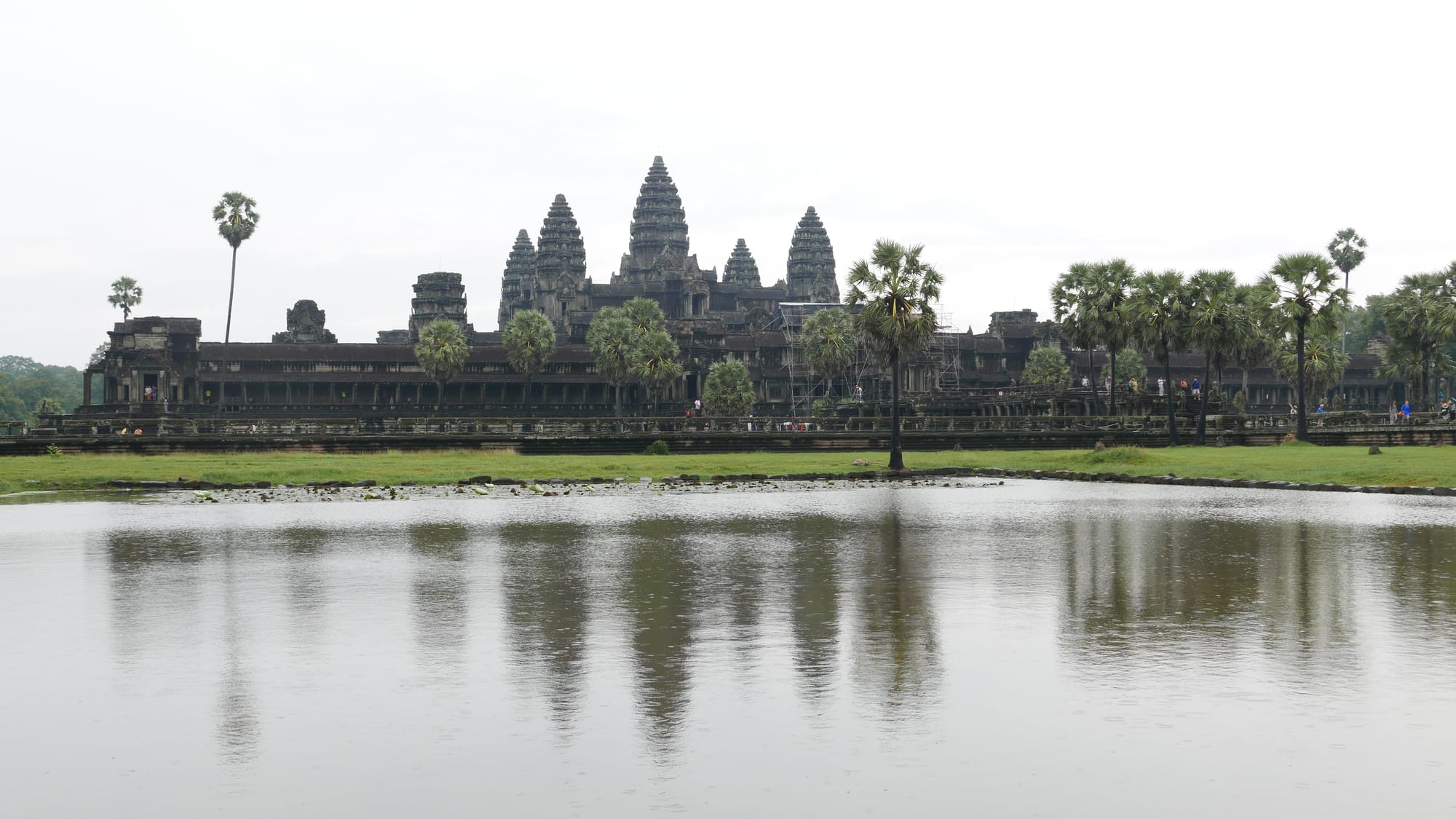
Angkor Wat (អង្គរវត) was a temple I had wanted to visit for some time. When I visited, I was impressed by the craftsmanship of the temple but found the visit disappointing. My disappointment may have been due to the rainy weather or the surprising number of tourists. The temple didn’t feel authentic and felt a bit like a theme park.
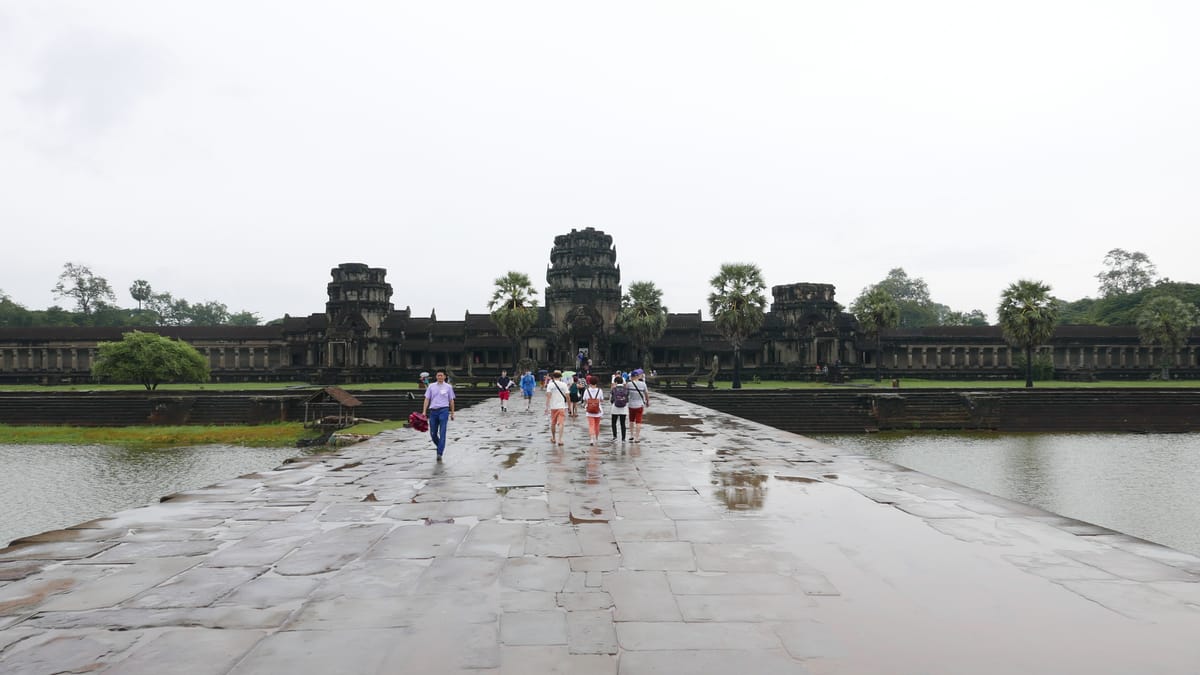
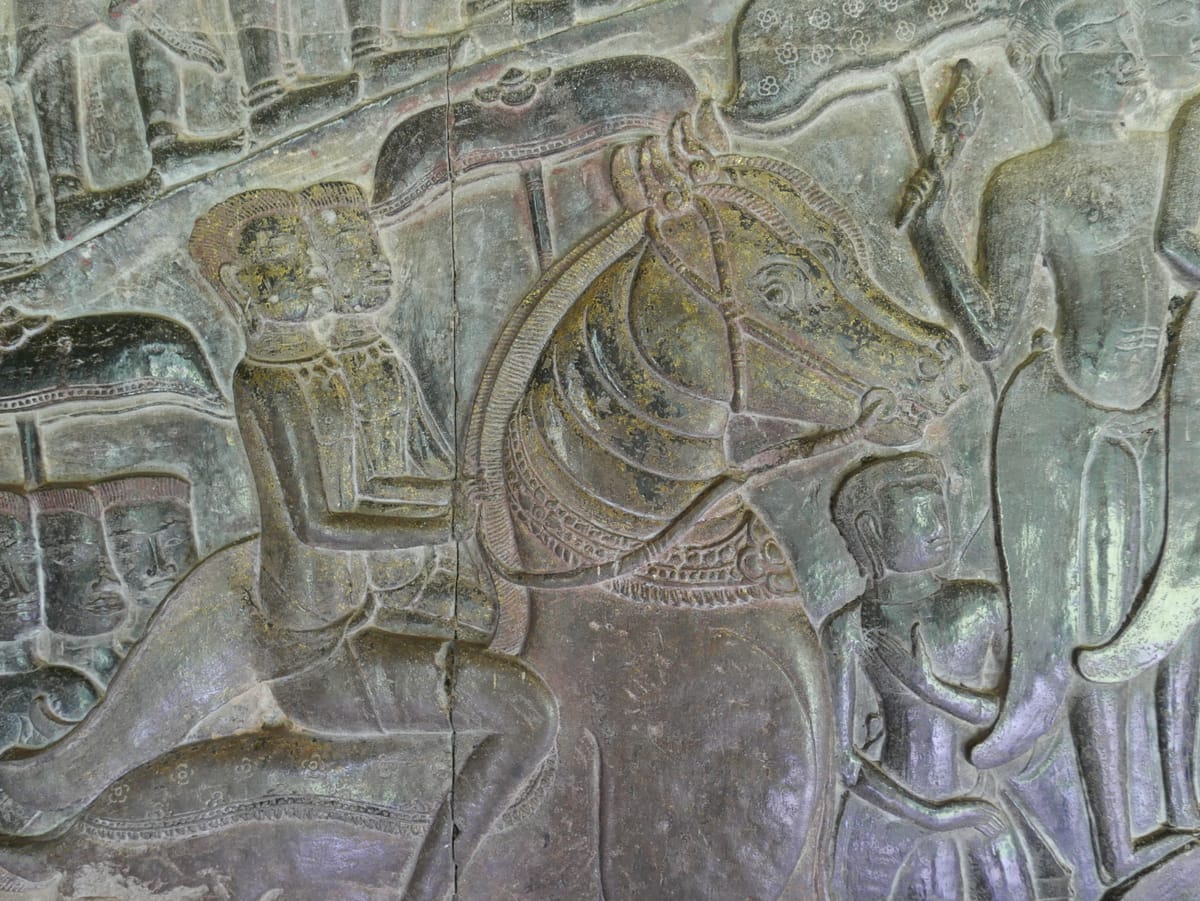
Angkor Thom (អង្គរធំ; 1181–1218)
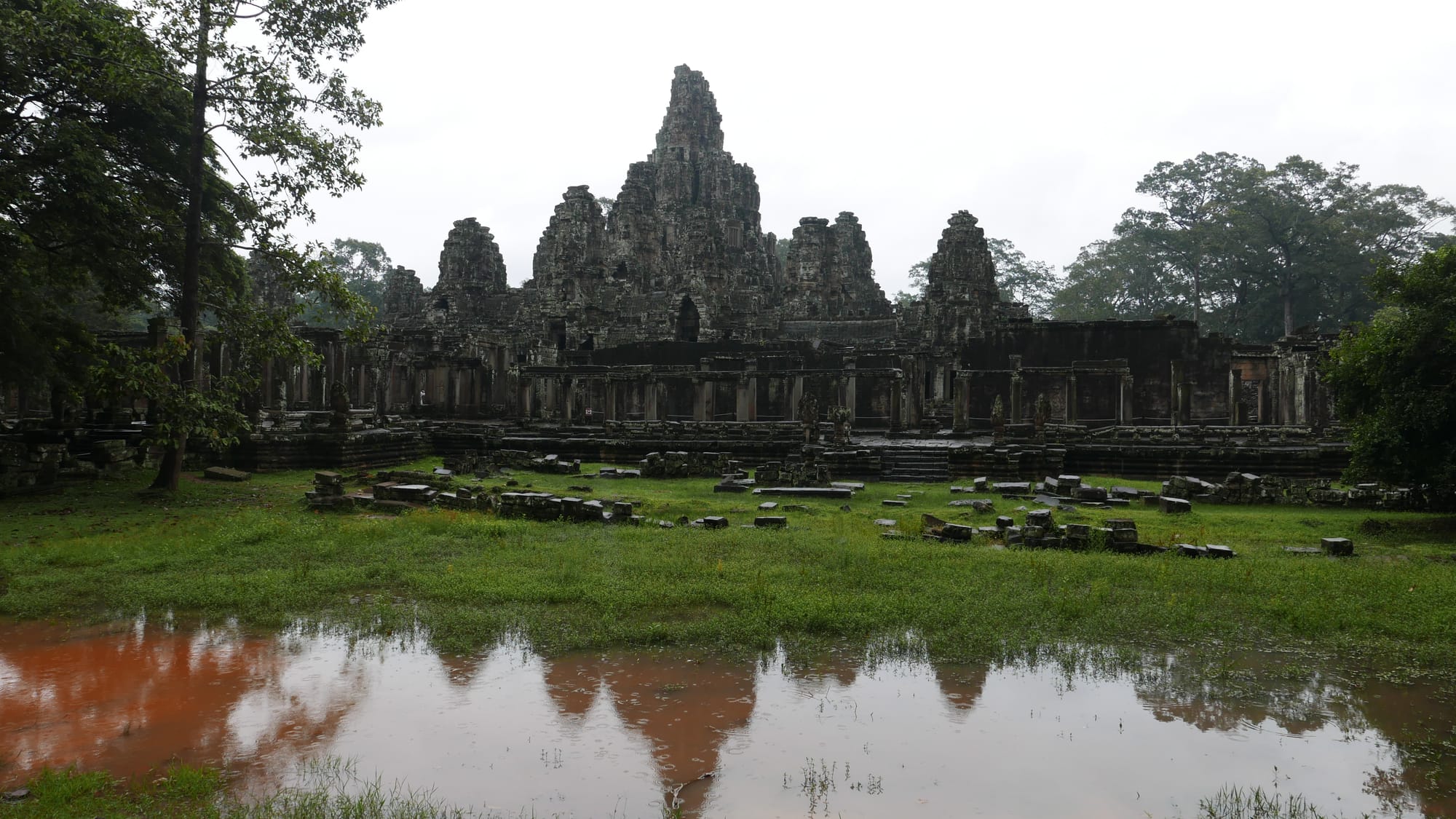
I enjoyed my visit to Angkor Thom (អង្គរធំ) much more than I did to Angkor Wat (អង្គរវត្ត). Angkor Thom (អង្គរធំ) didn’t have the fantastic carved reliefs of Angkor Wat (អង្គរវត្ត), but it felt more real.
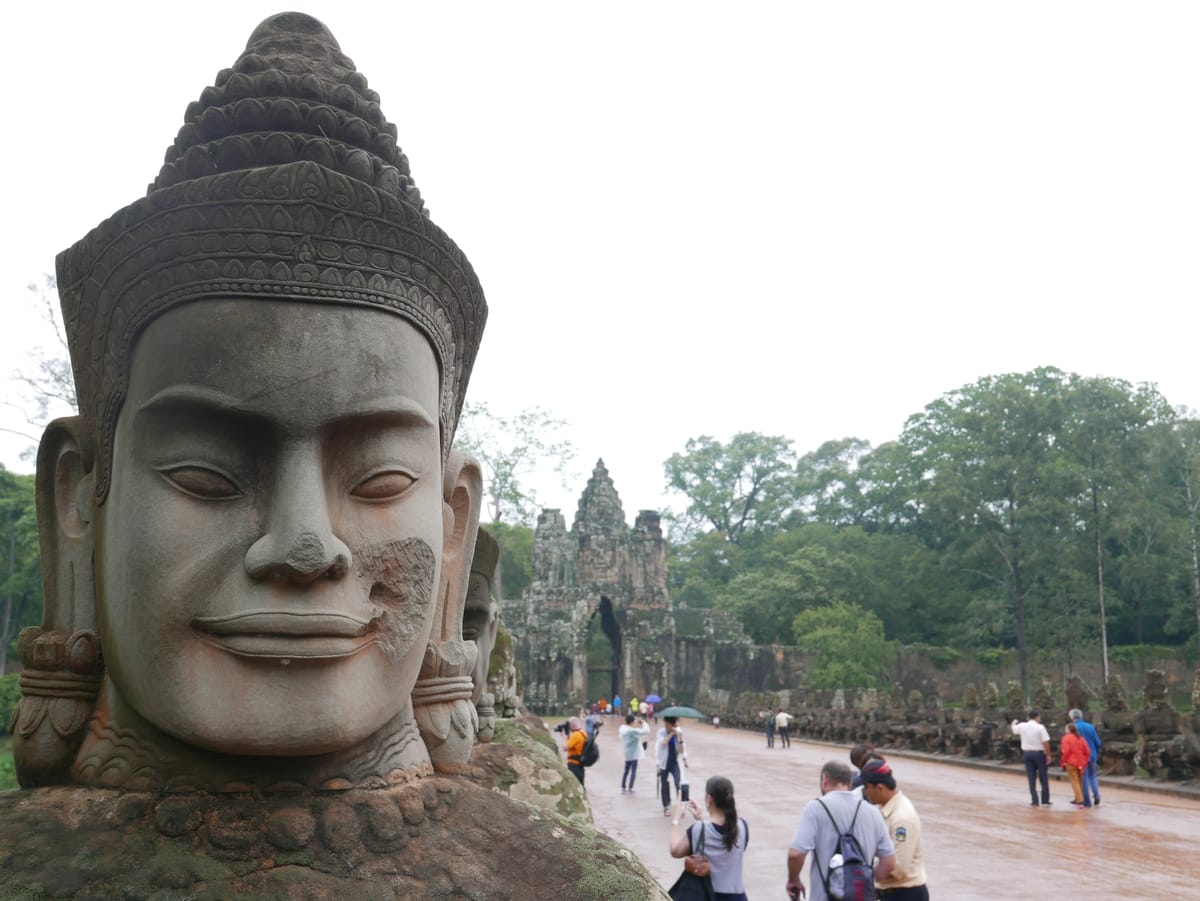
Ta Prohm (ប្រាសាទតាព្រហ្ម; 1181–1218)
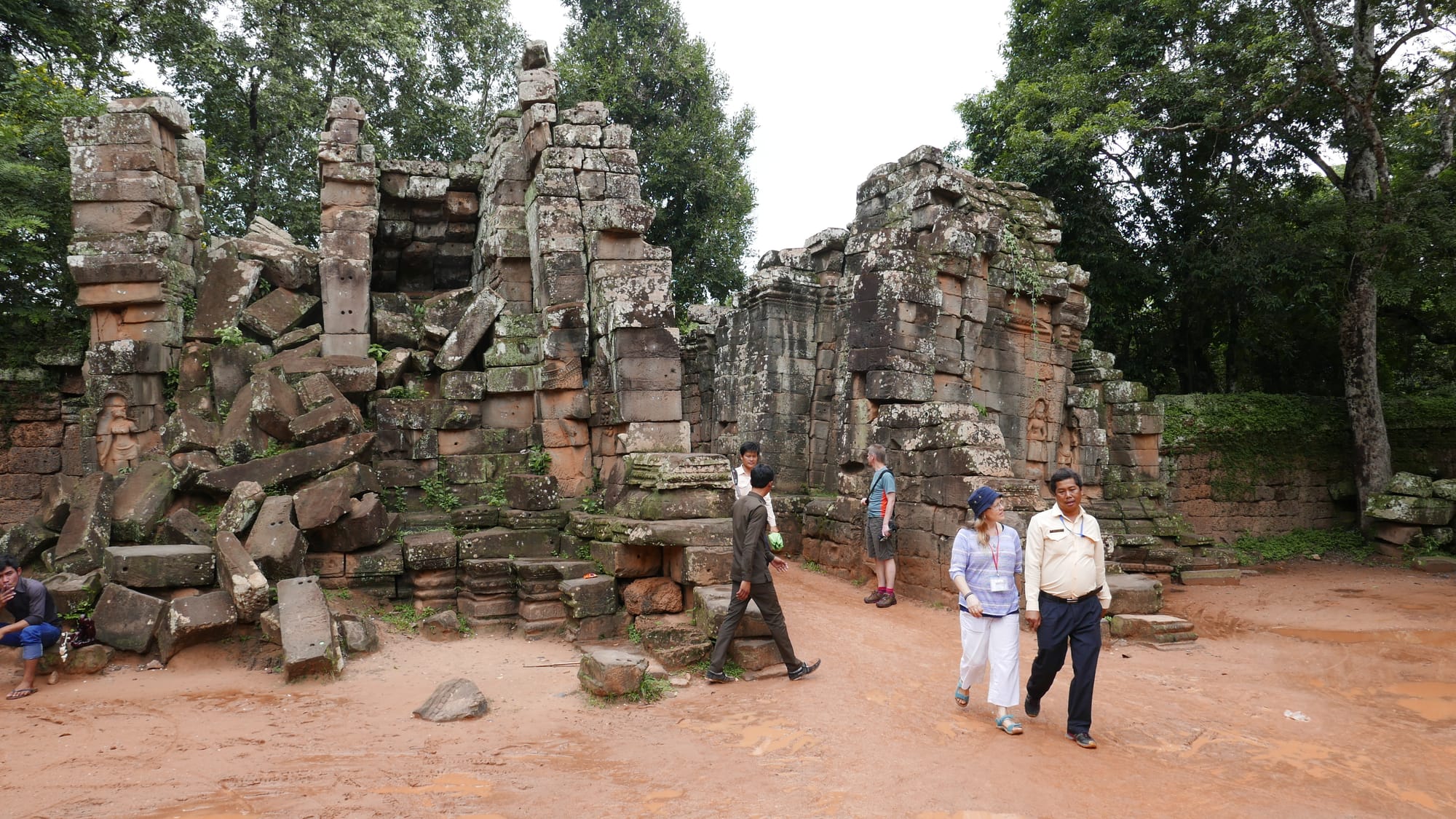
Ta Prohm (ប្រាសាទតាព្រហ្) was a great temple to visit; I particularly liked the ruined look and feel and how the trees were slowly ‘consuming’ the ruins. This level of conservation was a deliberate choice in the 1900s when the temples in the area were being restored. It was decided to keep a lot of the original look and feel of Ta Prohm (ប្រាសាទតាព្រហ្) and to stabilise the structure. The look and feel of the temple meant that I expected Dr Indiana Jones to appear at any moment.
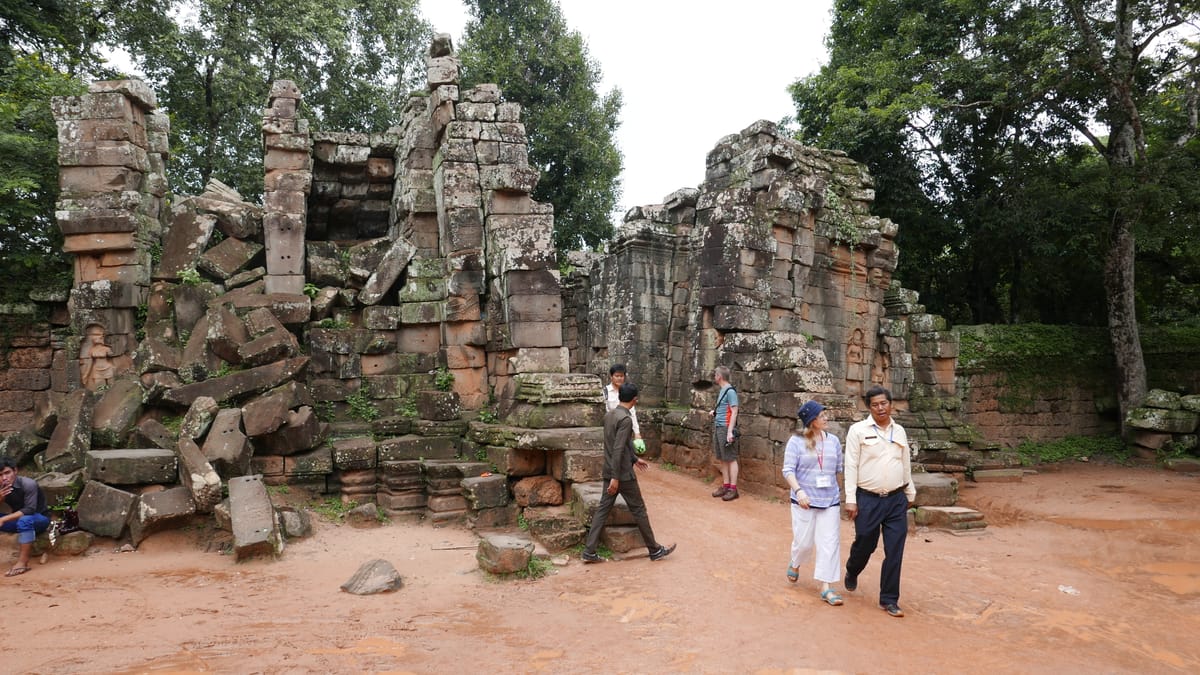
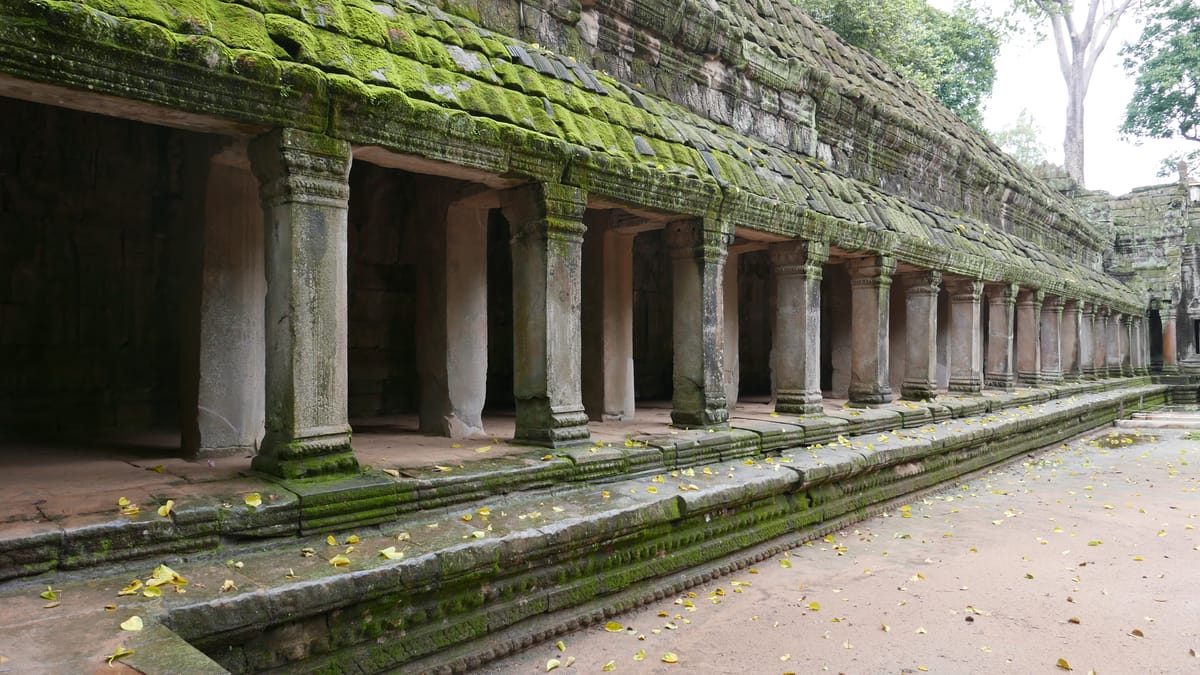
Day 2
On day two, I visited the following:
Banteay Srei Temple (ប្រាសាទបន្ទាយស្រី; 944-968)
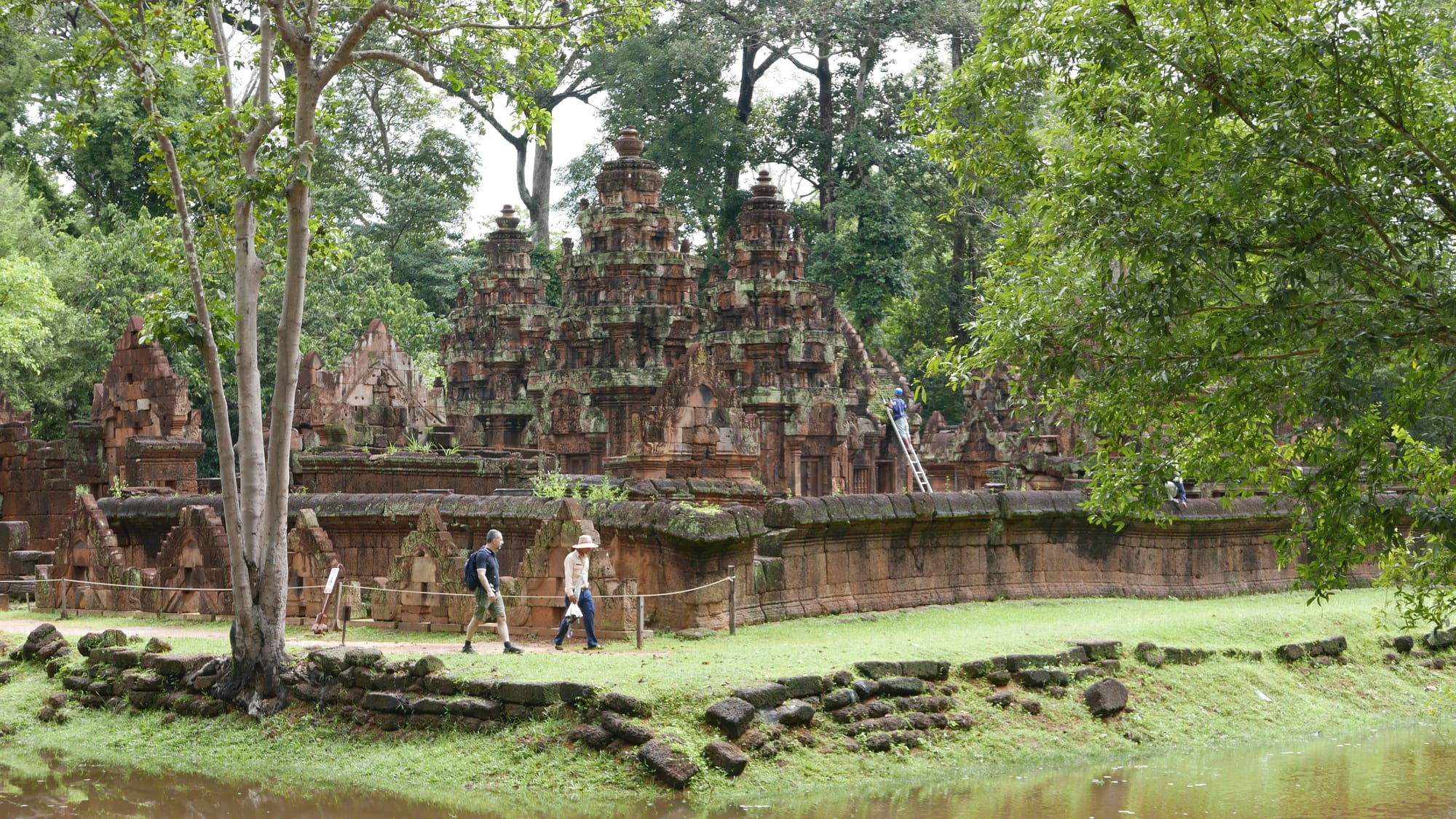
Banteay Srei Temple (ប្រាសាទបន្ទាយស្រី) is the only temple in Angkor Archaeological Park not built by a monarch. Like at the other temples, the quality of the craving was spectacular, particularly when you consider how long ago it was done. I liked the temple but found it crowded first thing in the morning.
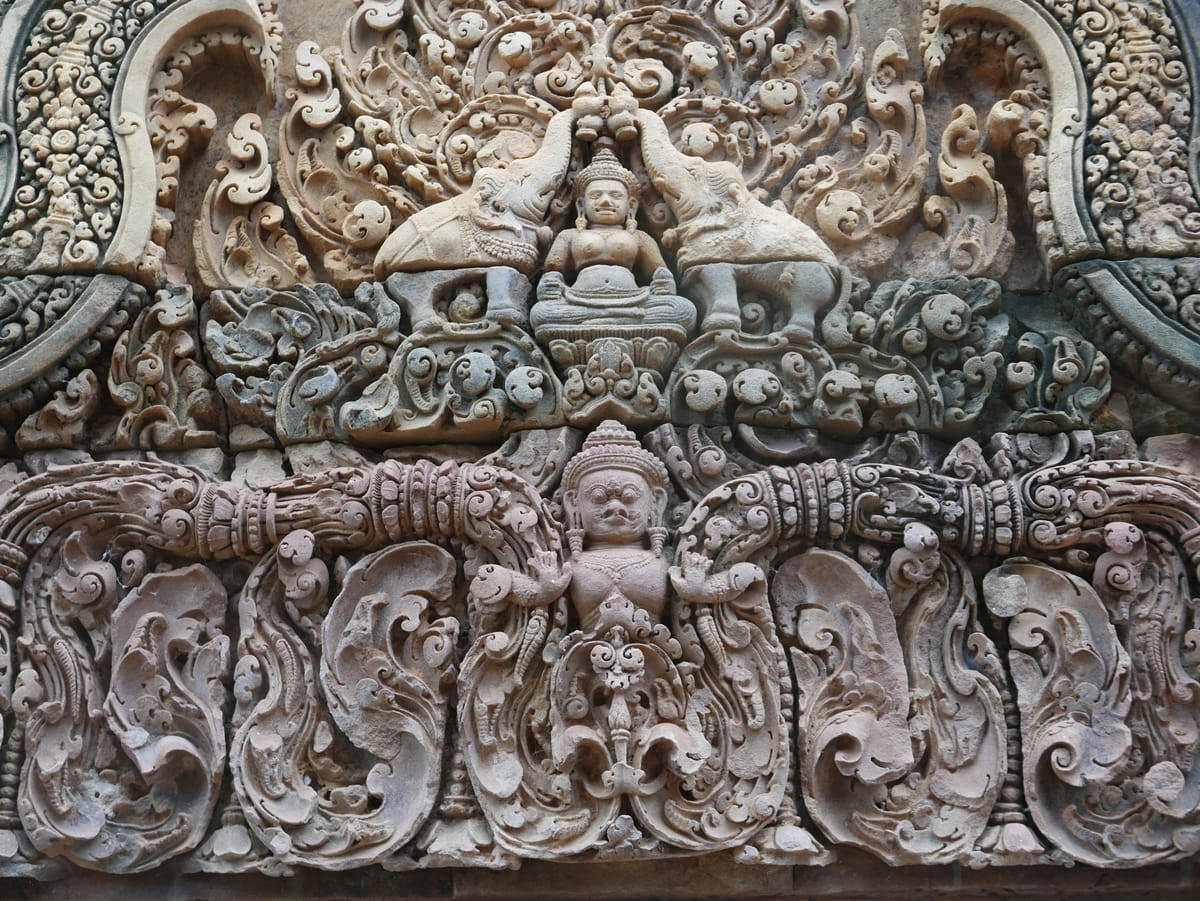
Banteay Samré (បន្ទាយសំរែ; 1110 to 1150)
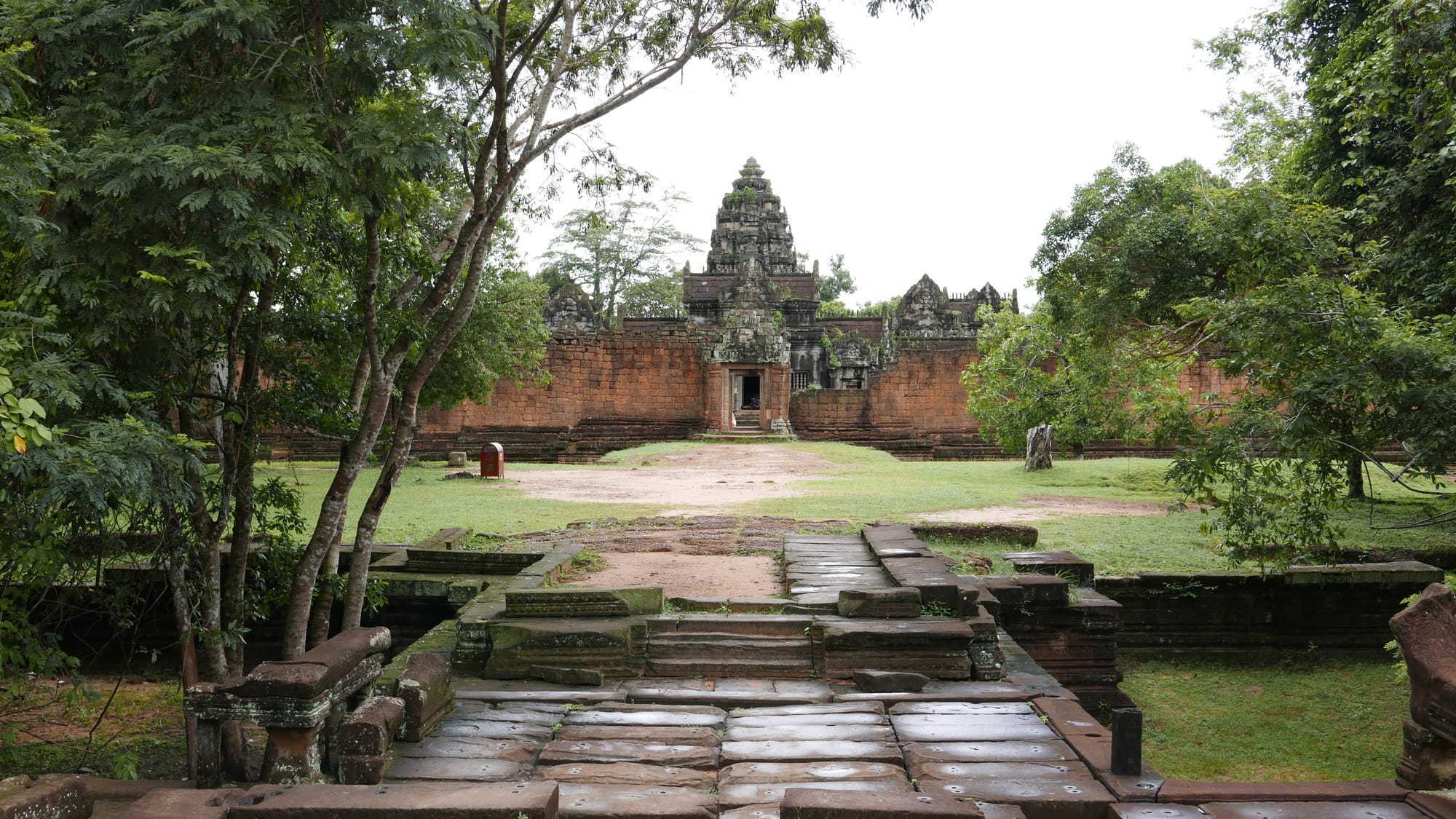
Banteay Samré (បន្ទាយសំរែ) was one of my favourite temples of the trip, as I managed to get to it before a lot of my fellow tourists, and so I had the place almost to myself. I enjoyed wandering around the quiet temple complex, admiring the fantastic stonework.
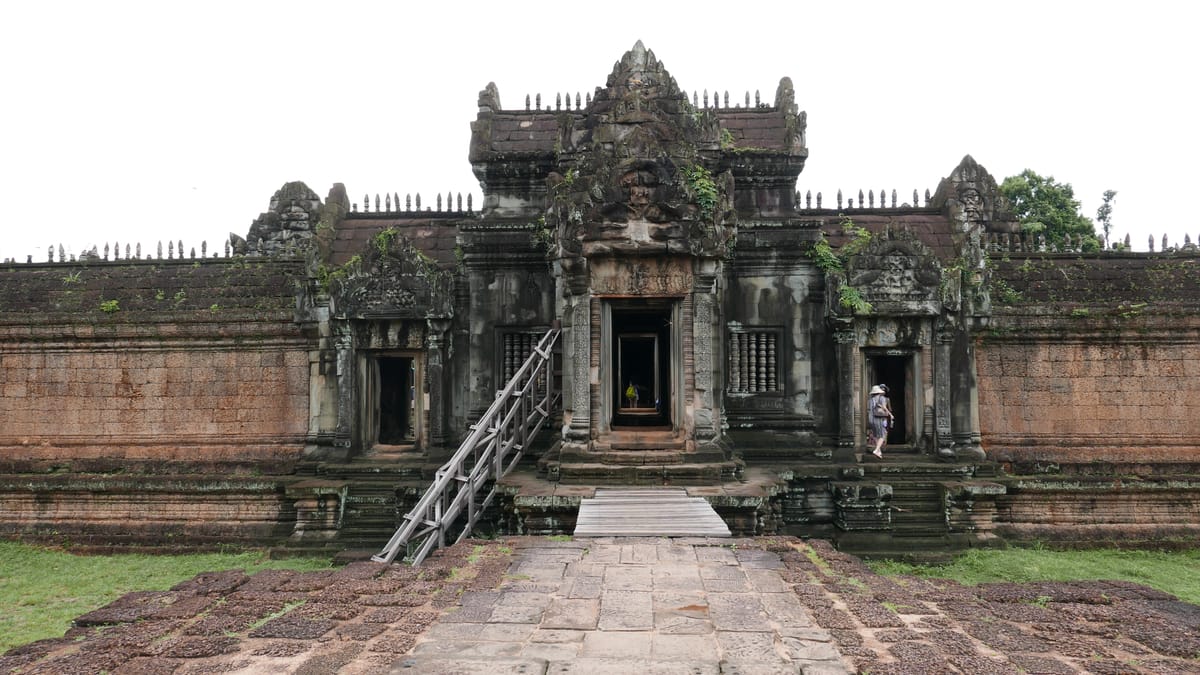
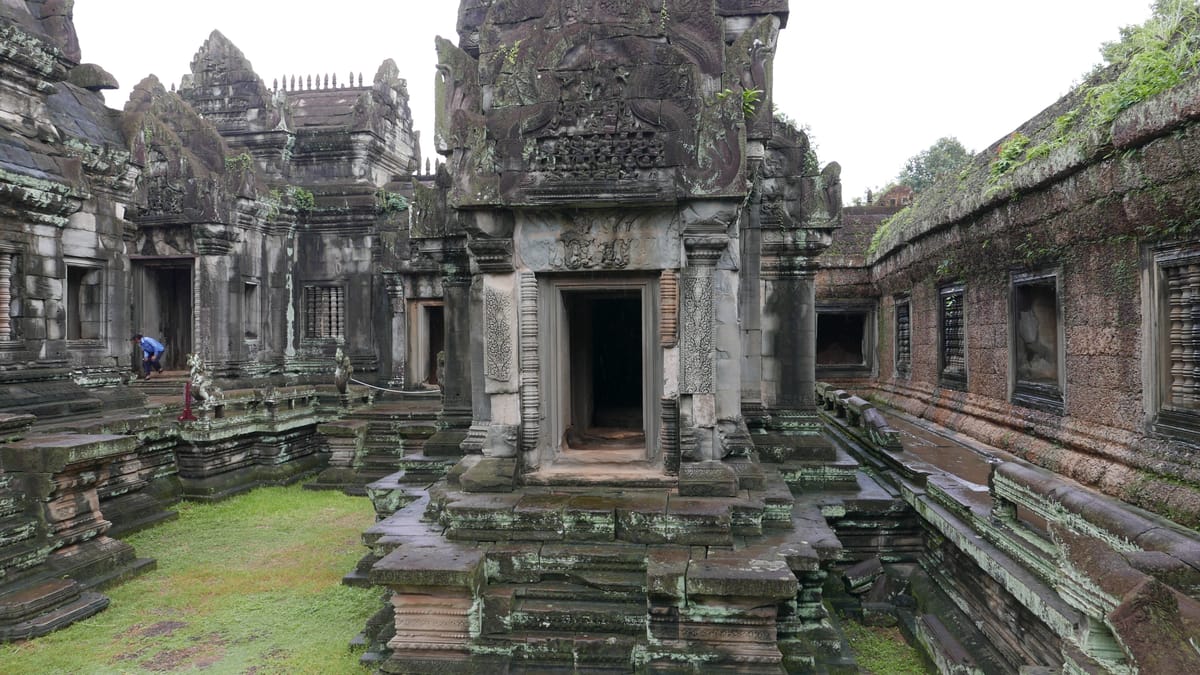
Pre Rup (ប្រែរូប; 944-968)
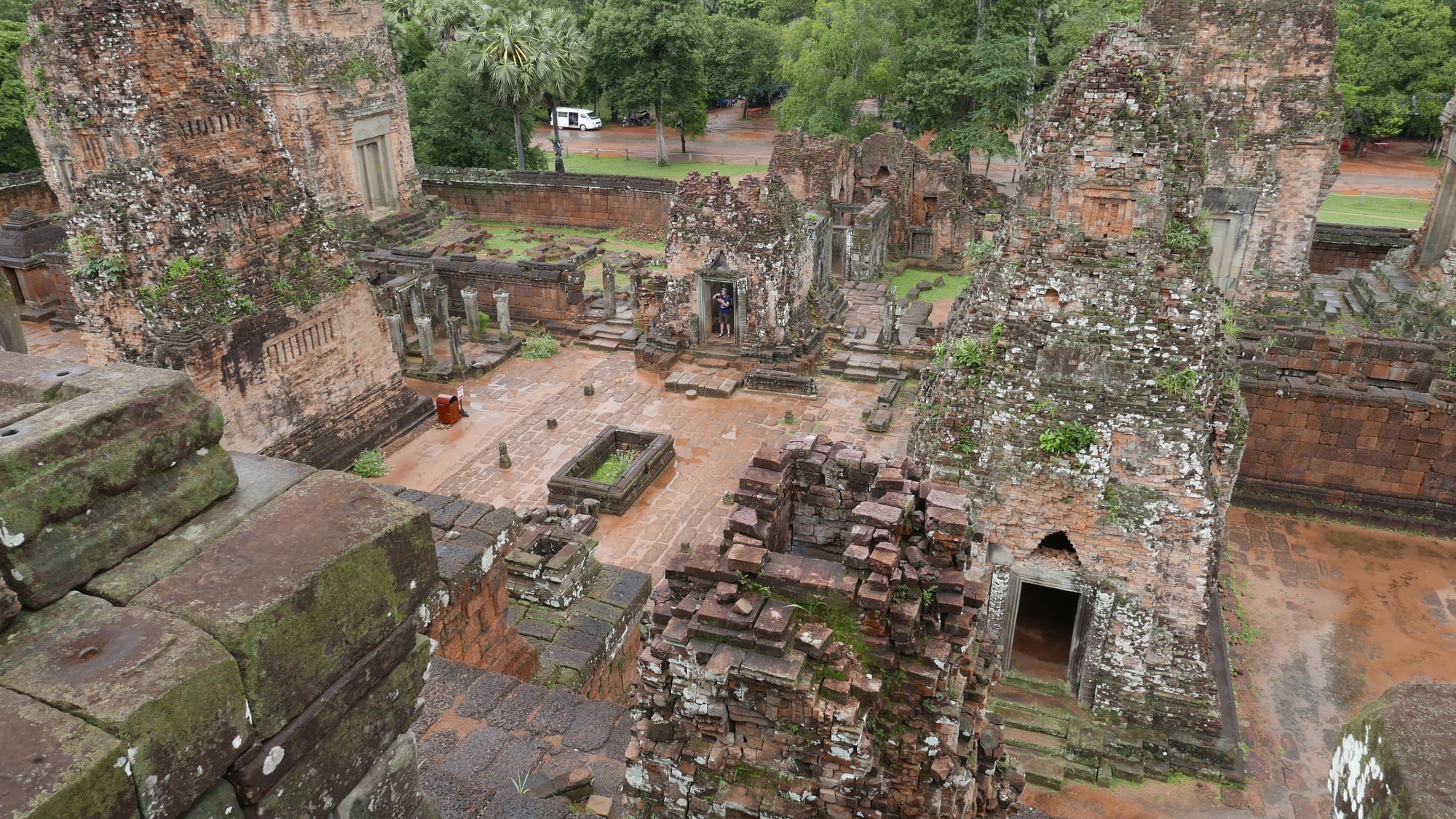
I enjoyed my visit to Pre Rup (ប្រែរូប) as it had an ‘authentic’ feel to it, plus there were only a few tourists. The temple was one of the older temples I visited on the tour, and it was interesting to note how the building styles had changed between the temples. One thing that hadn’t changed was the quality of the carvings. Truly amazing.
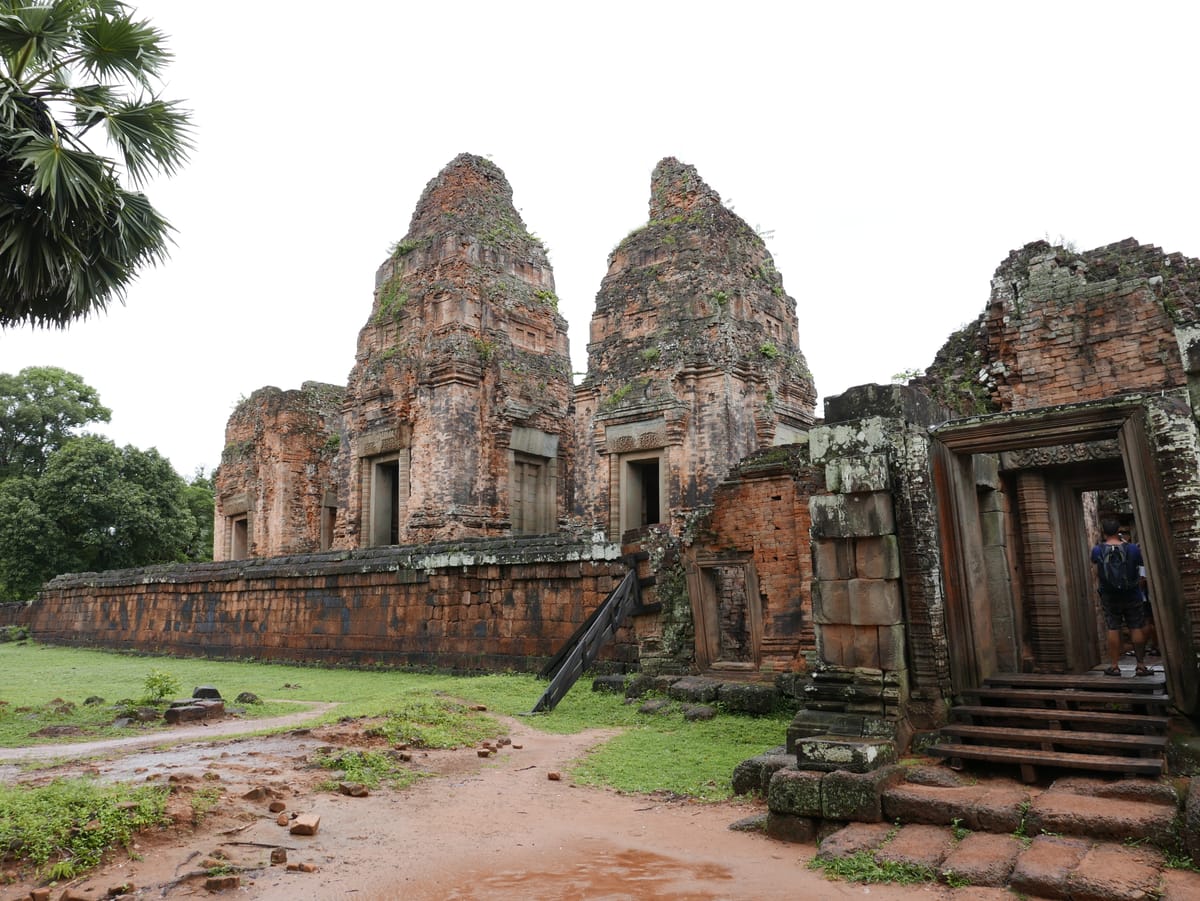
Village Stop
The village stop was a low point for me. I found the experience to be uncomfortable and intrusive. It felt like I was visiting a ‘human zoo’.
Day 3
Day three was my last day of temple visits, and I visited the following:
Preah Khan (ប្រាសាទព្រះខ័ន; 1181–1218)
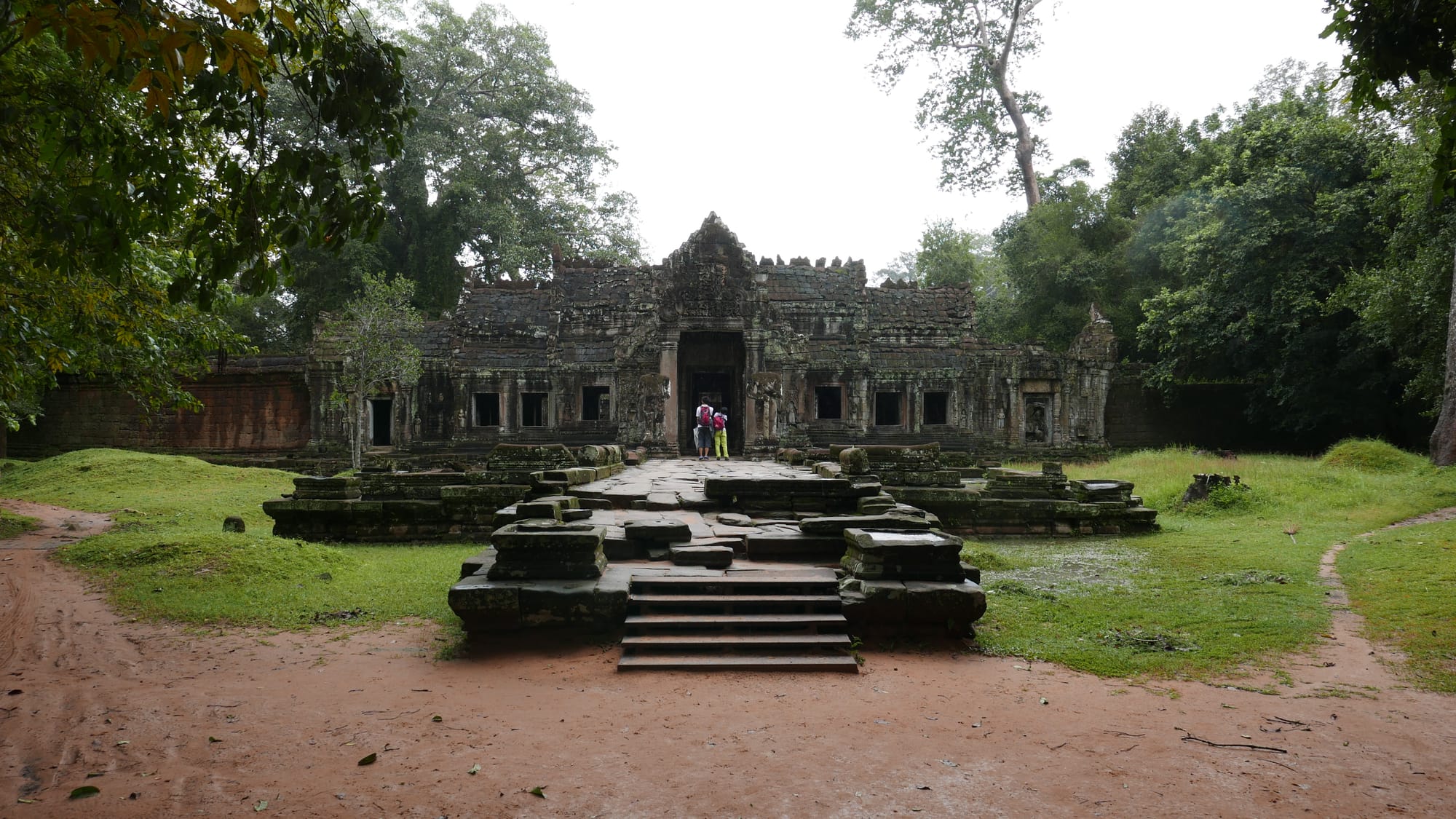
I liked Preah Khan (ប្រាសាទព្រះខ័ន) as I managed to arrive before most of the other tourists, and so I had the temple complex to myself for about an hour. The temple reminded me of Ta Prohm (ប្រាសាទតាព្រហ្ម) as Preah Khan (ប្រាសាទព្រះខ័ន) had been sympathetically maintained; that is, the site had been stabilised in its jungle setting.
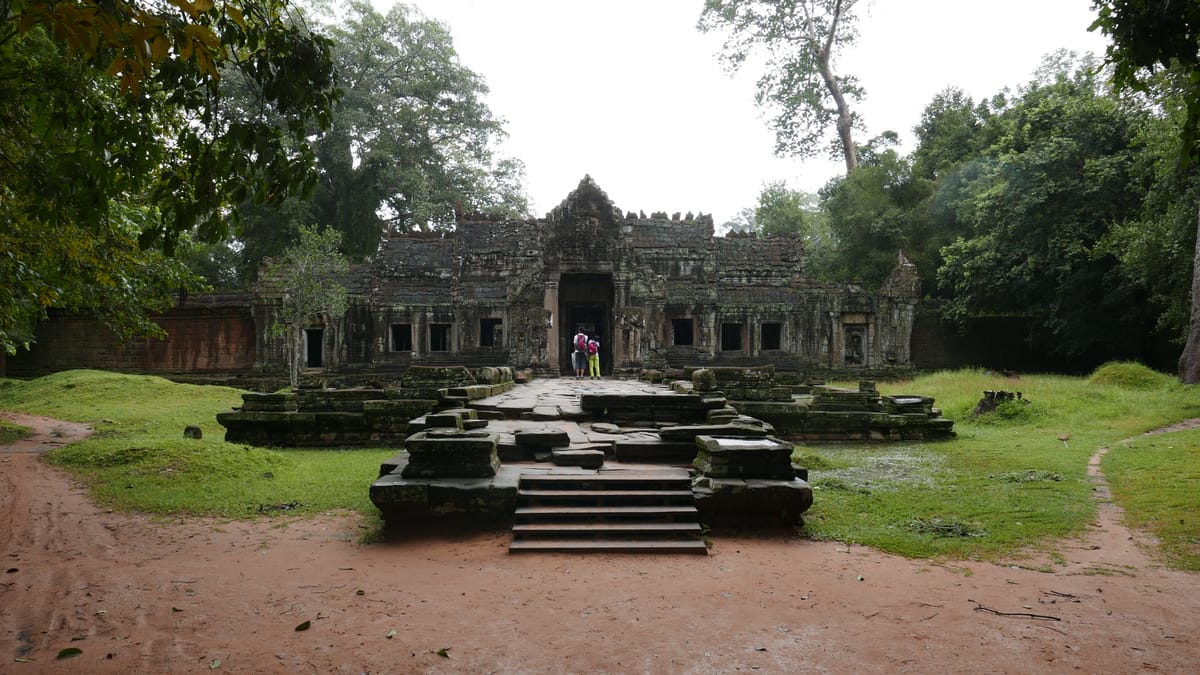
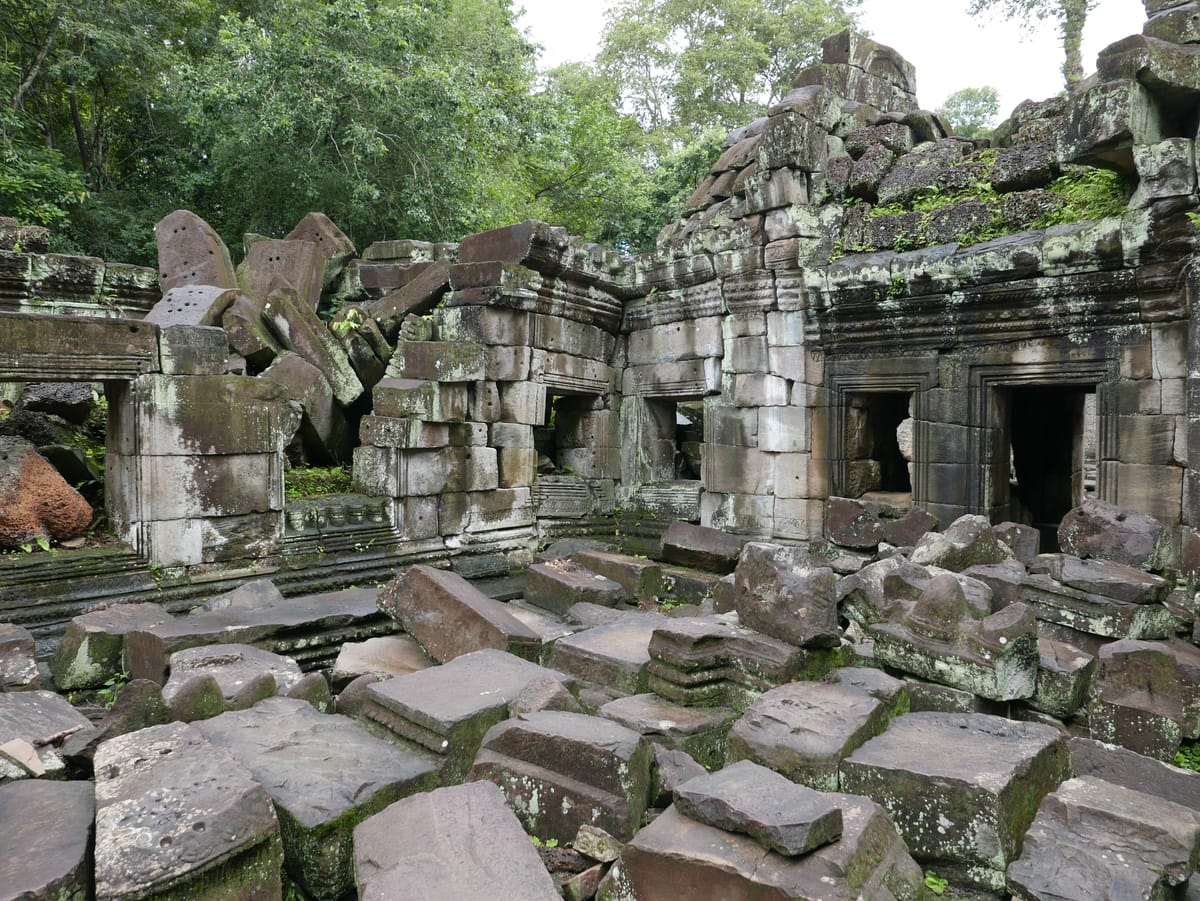
Preah Ko (ប្រាសាទព្រះគោ; 877-893)
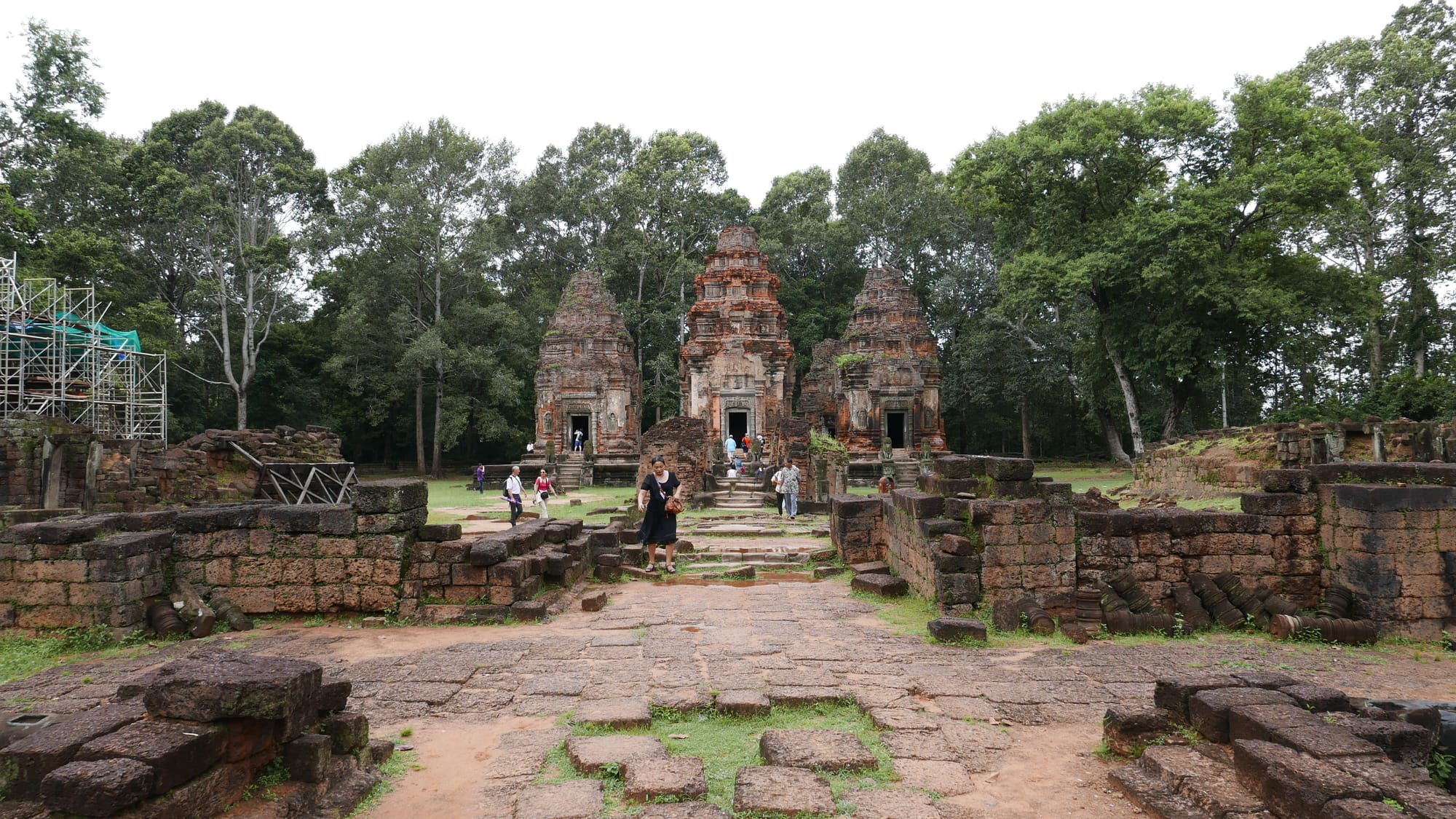
Preah Ko (ប្រាសាទព្រះគោ) was another old temple which I liked a lot. The temple had an authentic feel in that it hadn’t been too heavily restored. Also, I had managed to get there before most of the other tourists, so I could explore the ruins on my own. The temple was built from brick with stucco decorations and carved sandstone door and window frames. Some sandstone sculptures had been moved to museums for conservation.
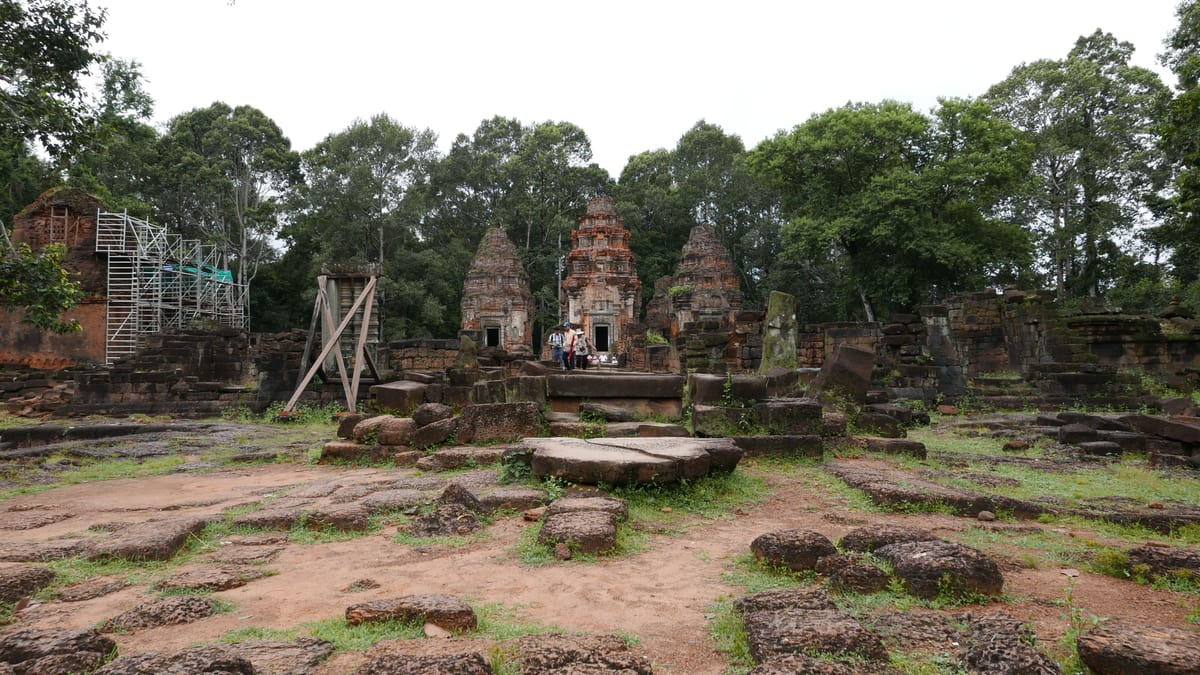
Bakong Temple (បាគង; 877-893)
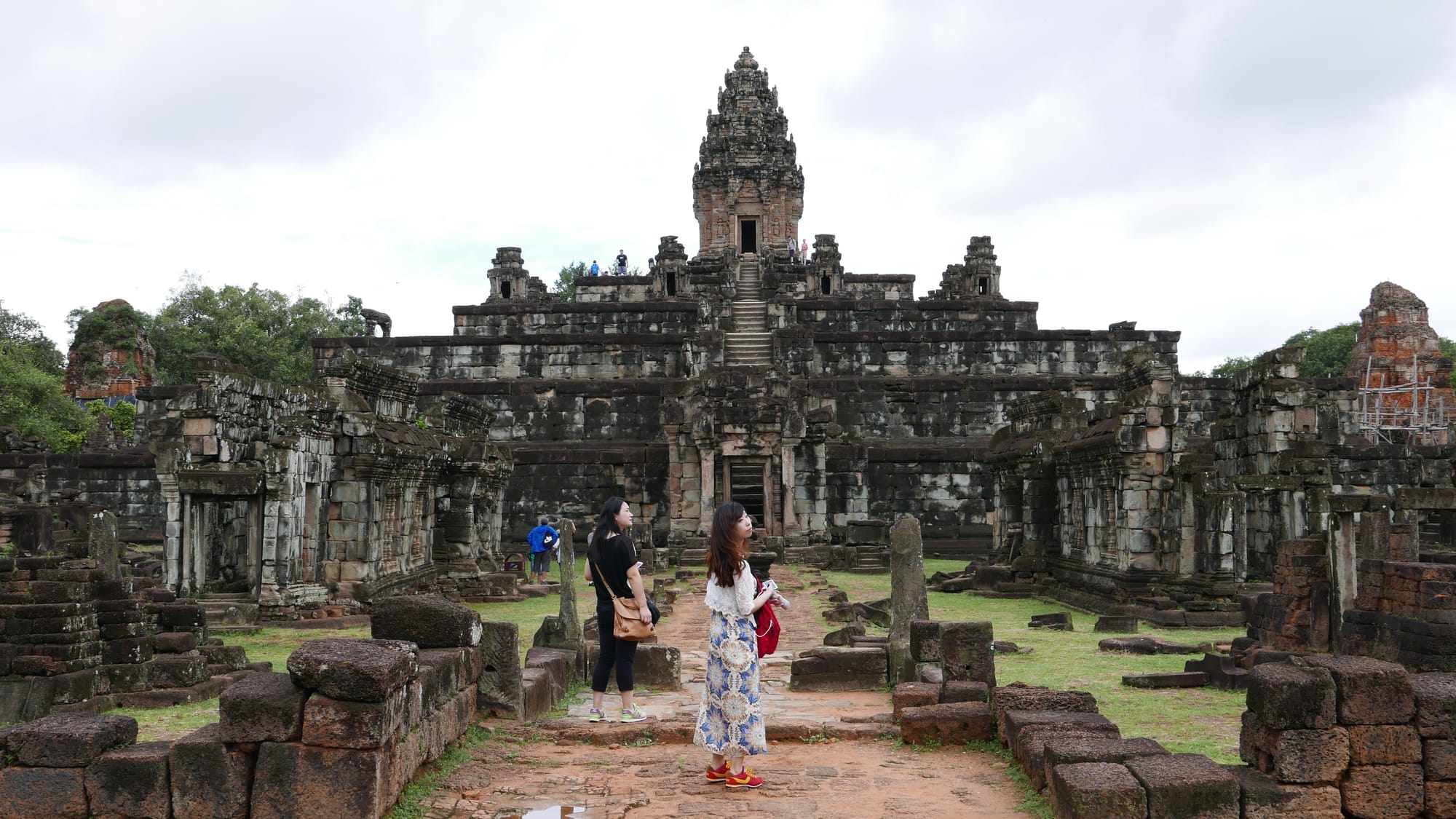
Bakong Temple (បាគង) was another old temple, which again I enjoyed as there were not too many tourists around. The temple felt authentic, although it appeared that some parts had been heavily restored.
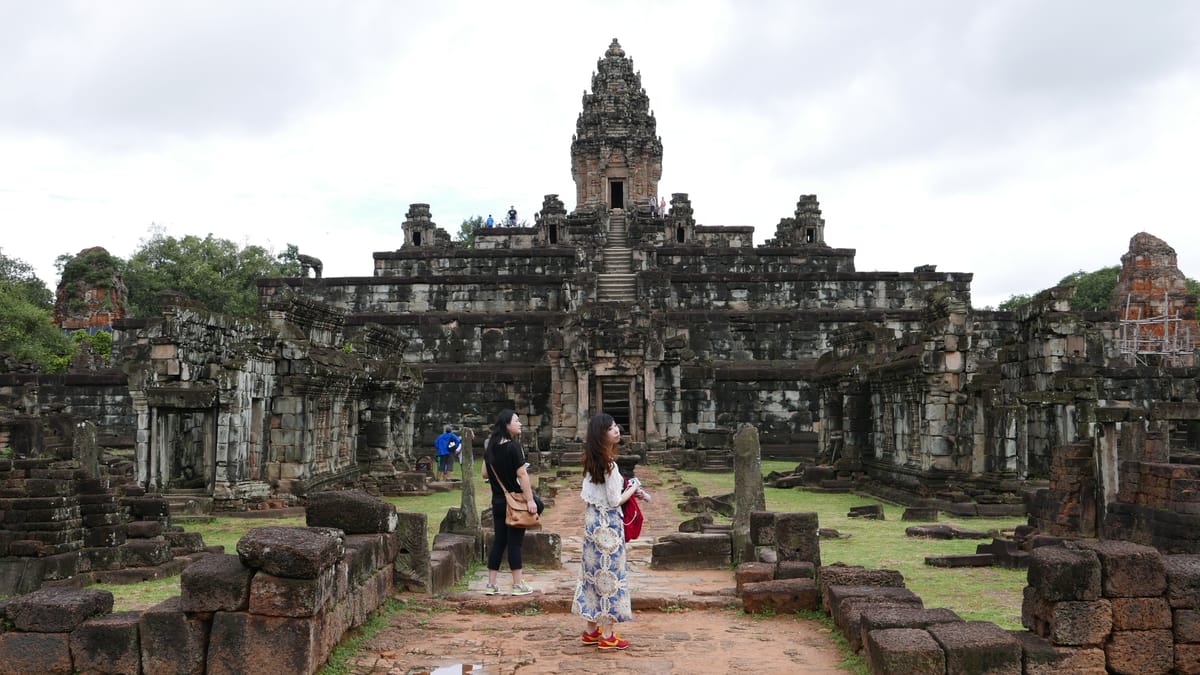
Lolei Temple (ប្រាសាទលលៃ; 877-893)
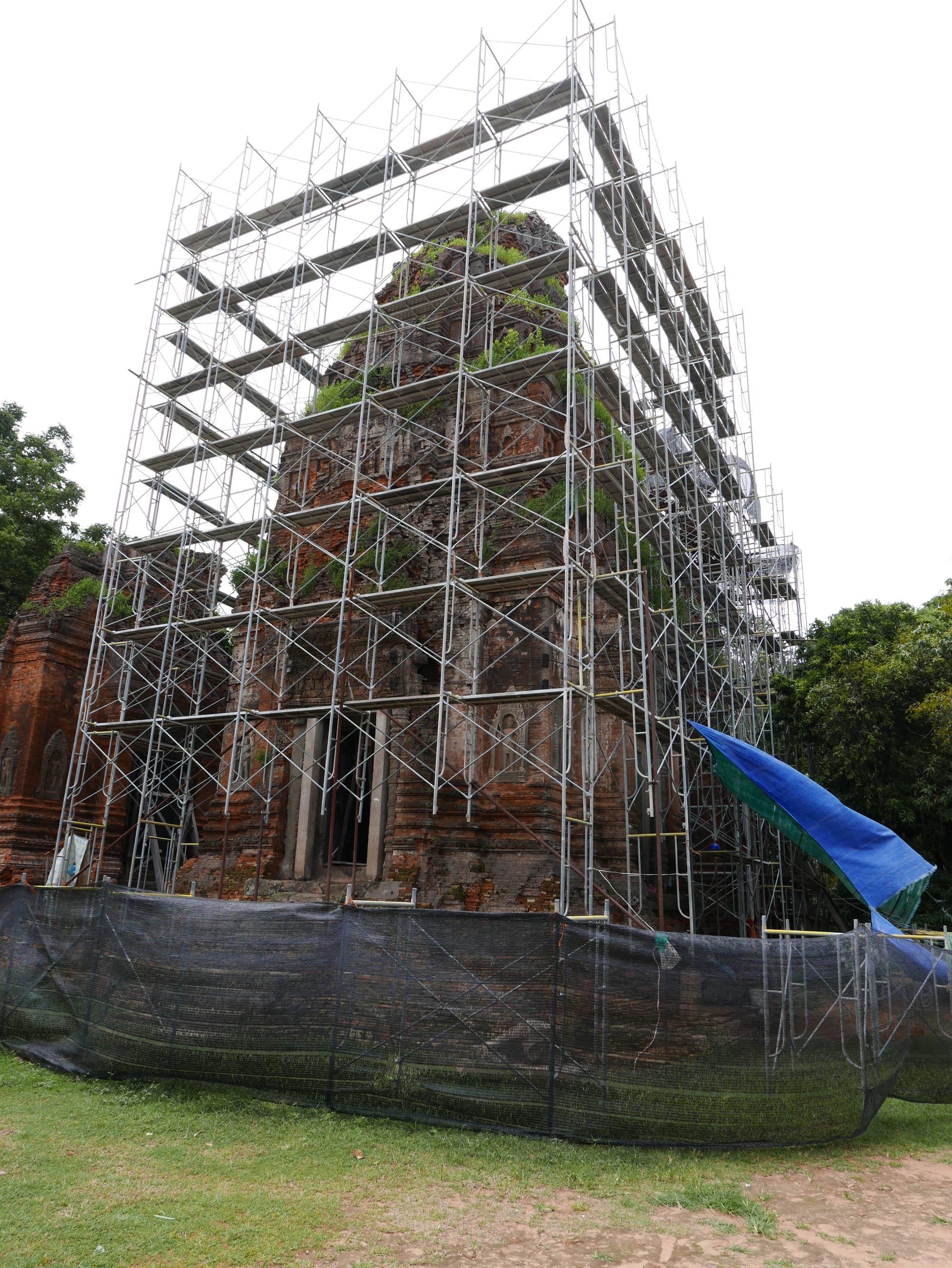
Lolei Temple (ប្រាសាទលលៃ) was my last temple of the tour. The temple was also the most damaged and was covered in scaffolding when I visited. The temple is in the centre of a lake, with the lake being built first and then the temple.
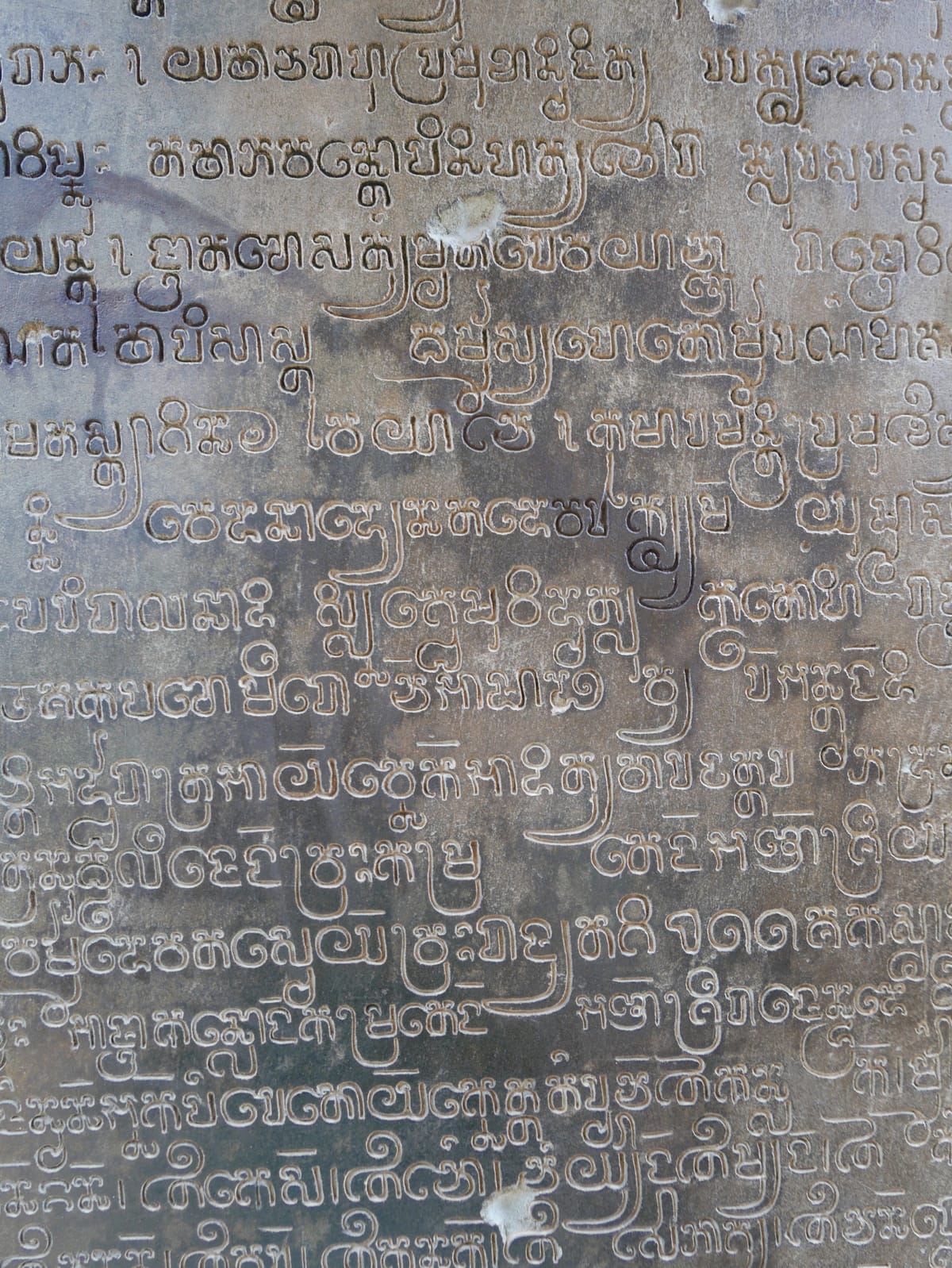
Day 4
Day four was a non-temple day, and I visited the following:
Mechrey Floating Village
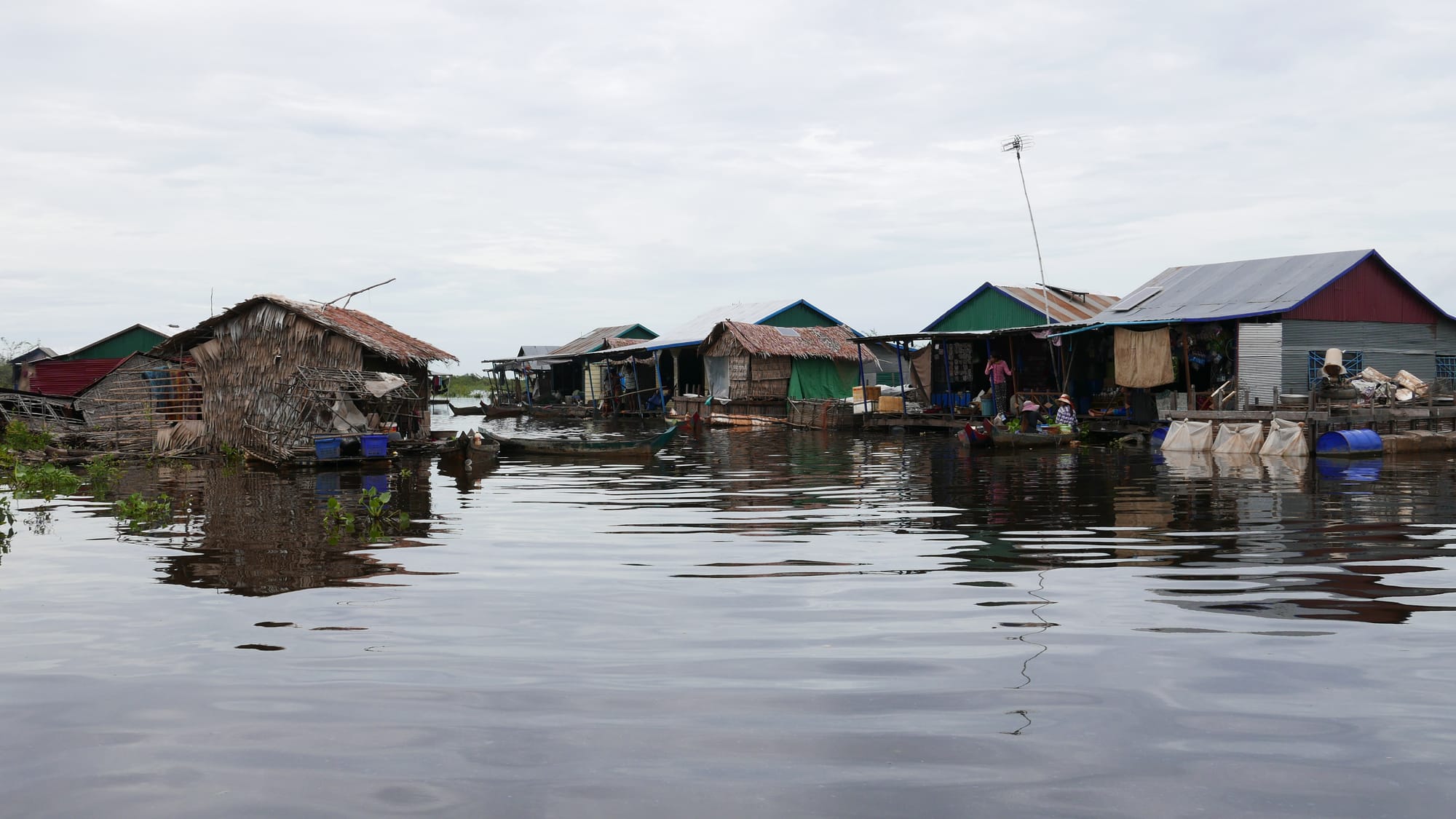
I enjoyed my brief visit to Mechrey Floating Village. It was good to see that the village was still inhabited and that life was continuing. But, I couldn’t help but wonder how much village life had changed since the arrival of the tourists and whether traditional village life would continue.
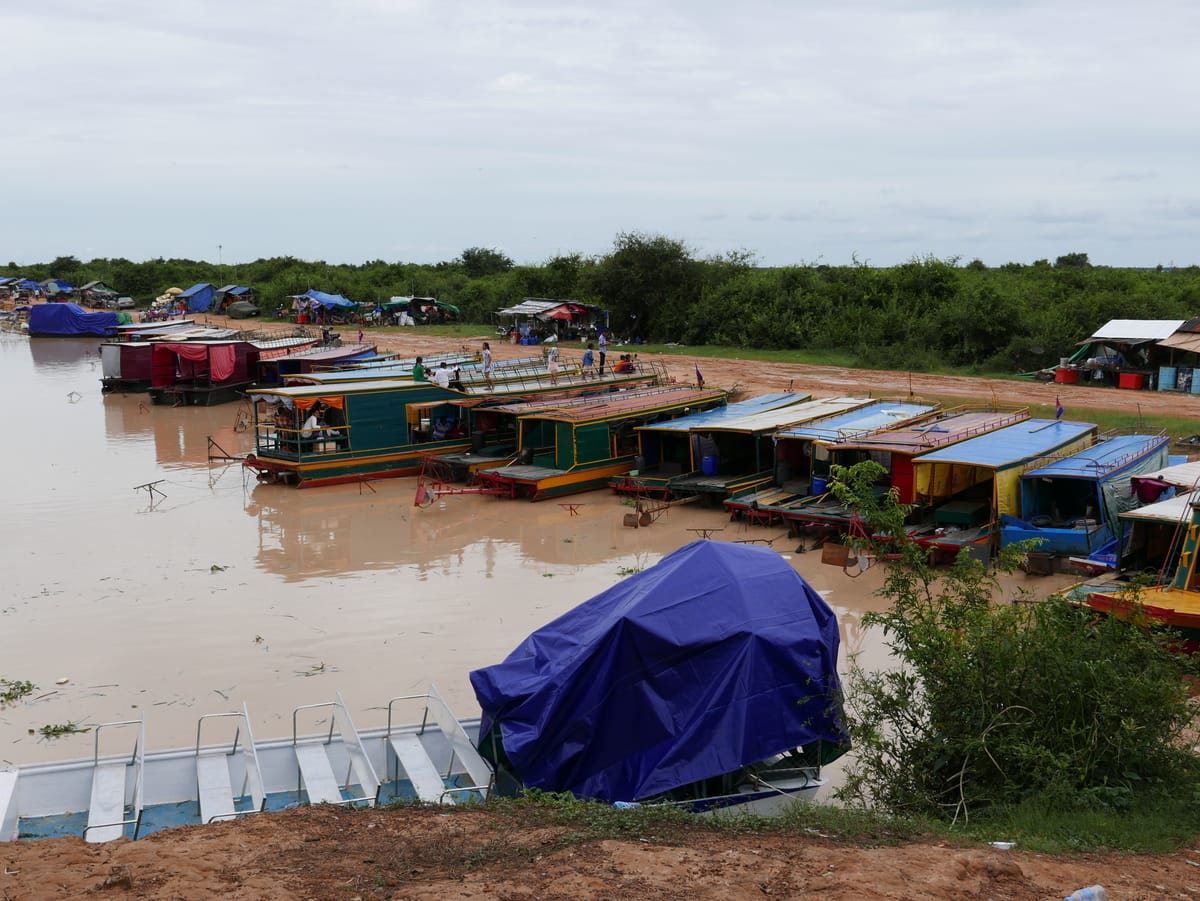
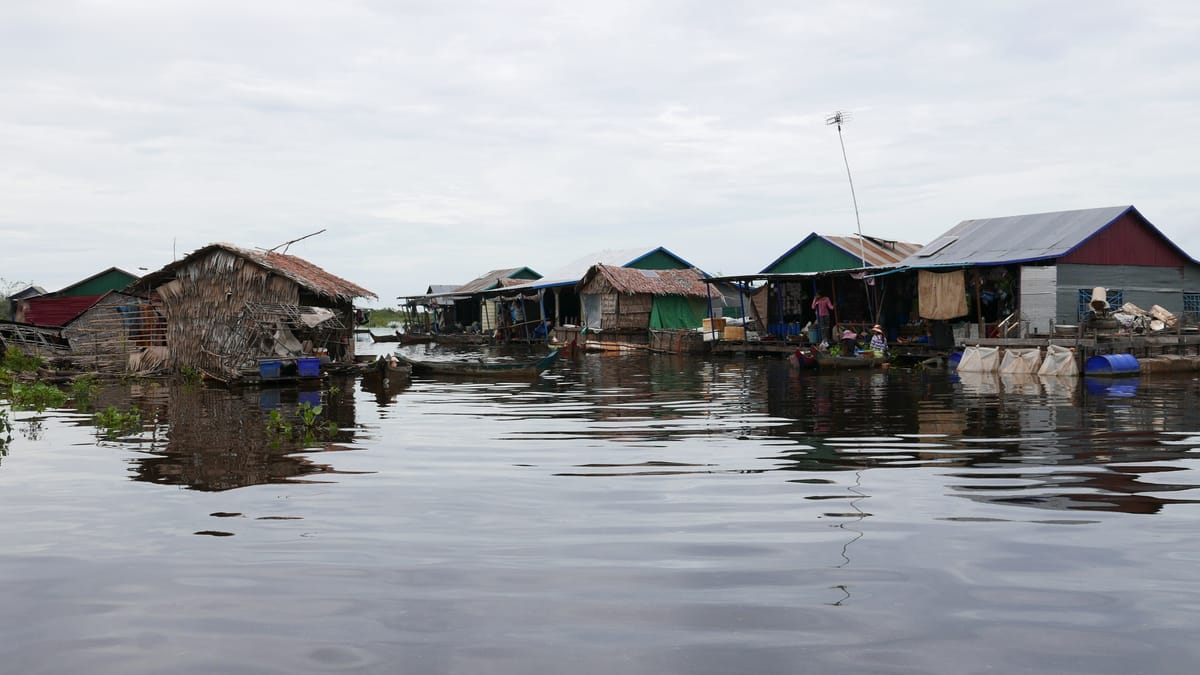
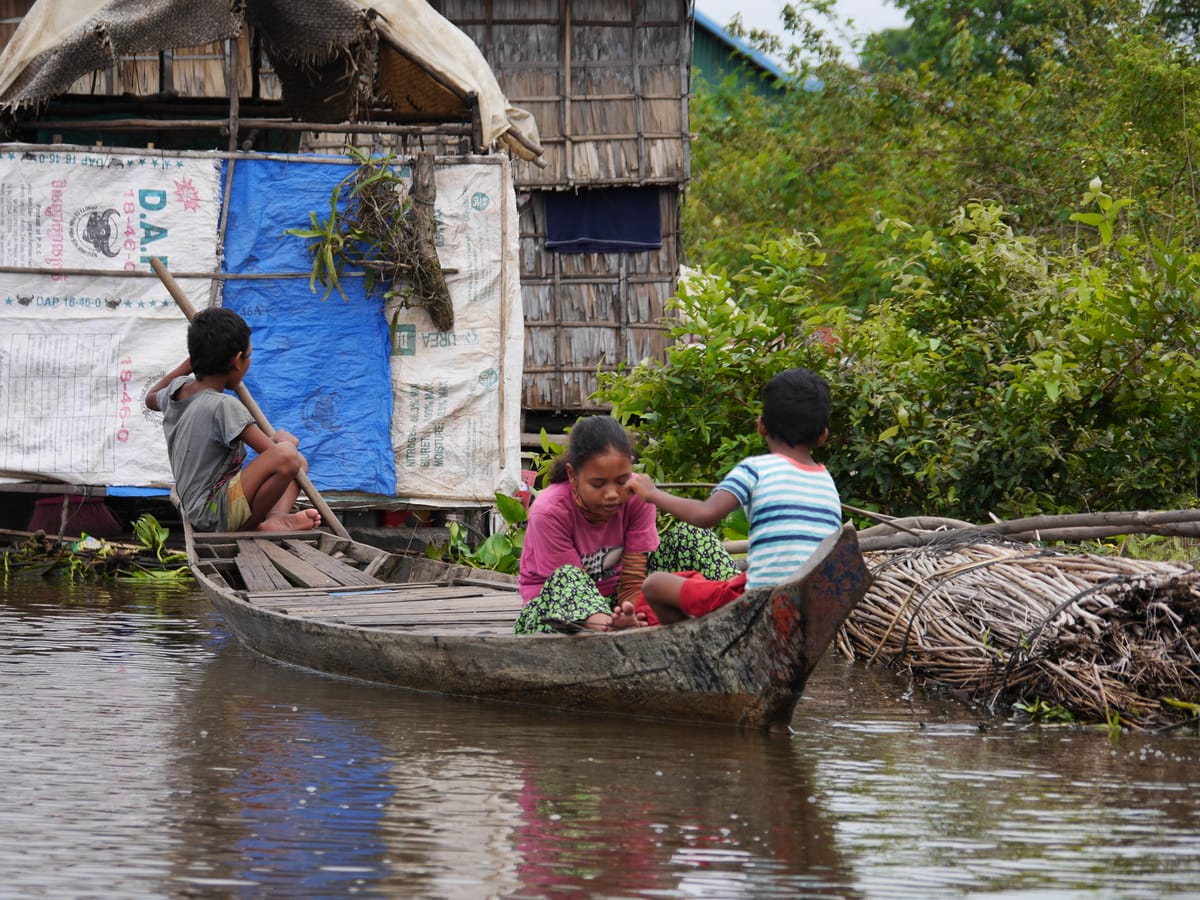
Roadside snack
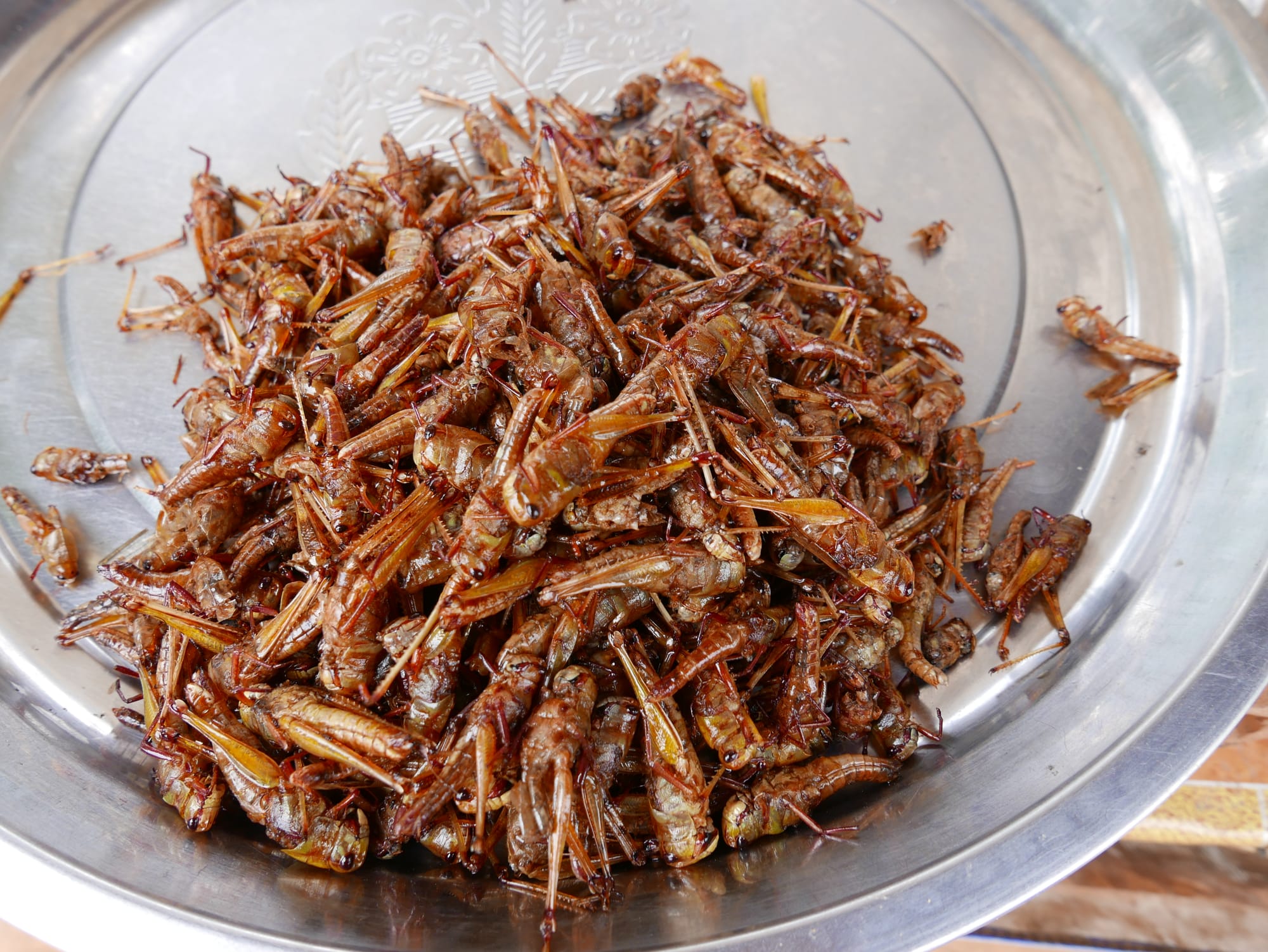
On the drive back from Mechrey Floating Village, we stopped at a small roadside stall for a snack of deep-fried grasshoppers, crickets, and silkworms. Of the three, I enjoyed the deep-fried grasshoppers the most, as they were crispy with a nutty taste. My least favourite were the deep-fried silkworms, which I found to be dry and tasteless. I would eat deep-fried grasshoppers again, no problem.
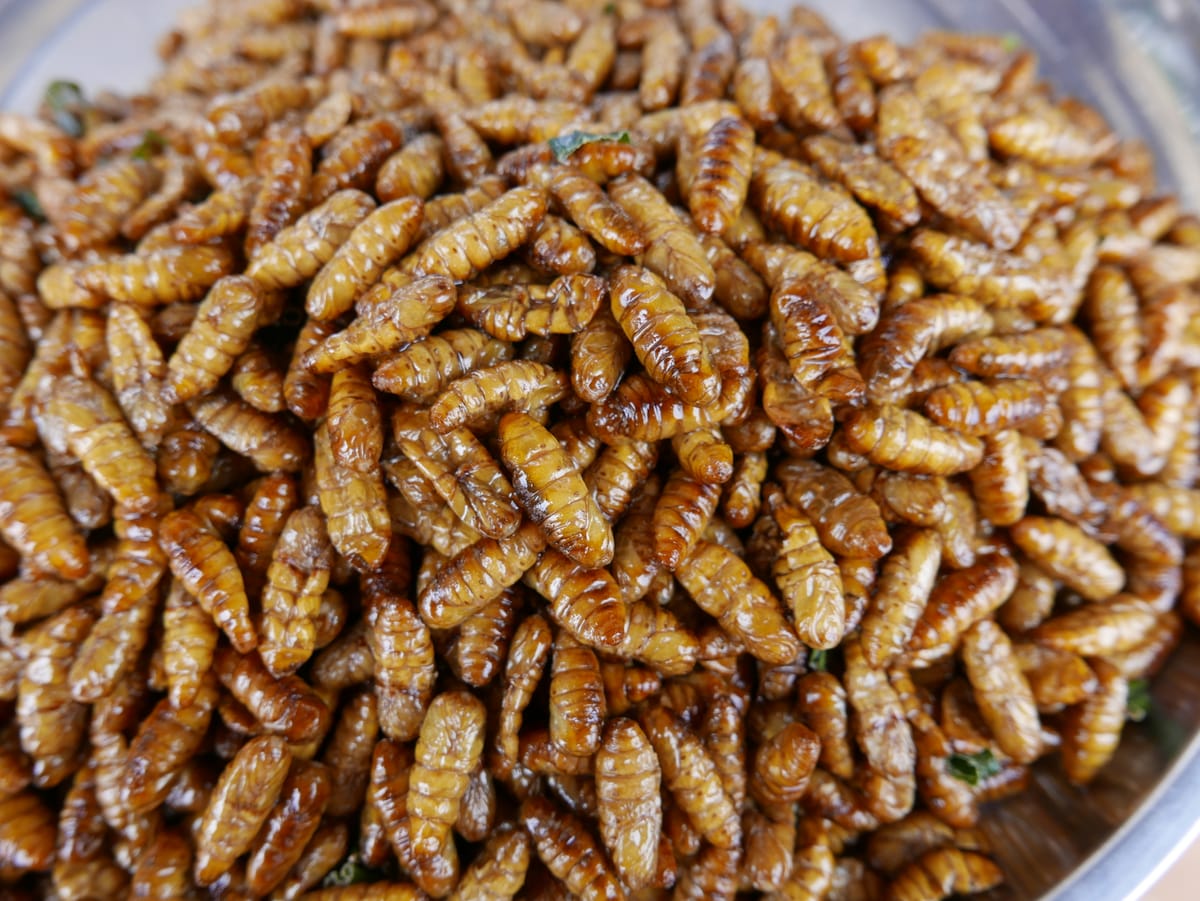
War Museum
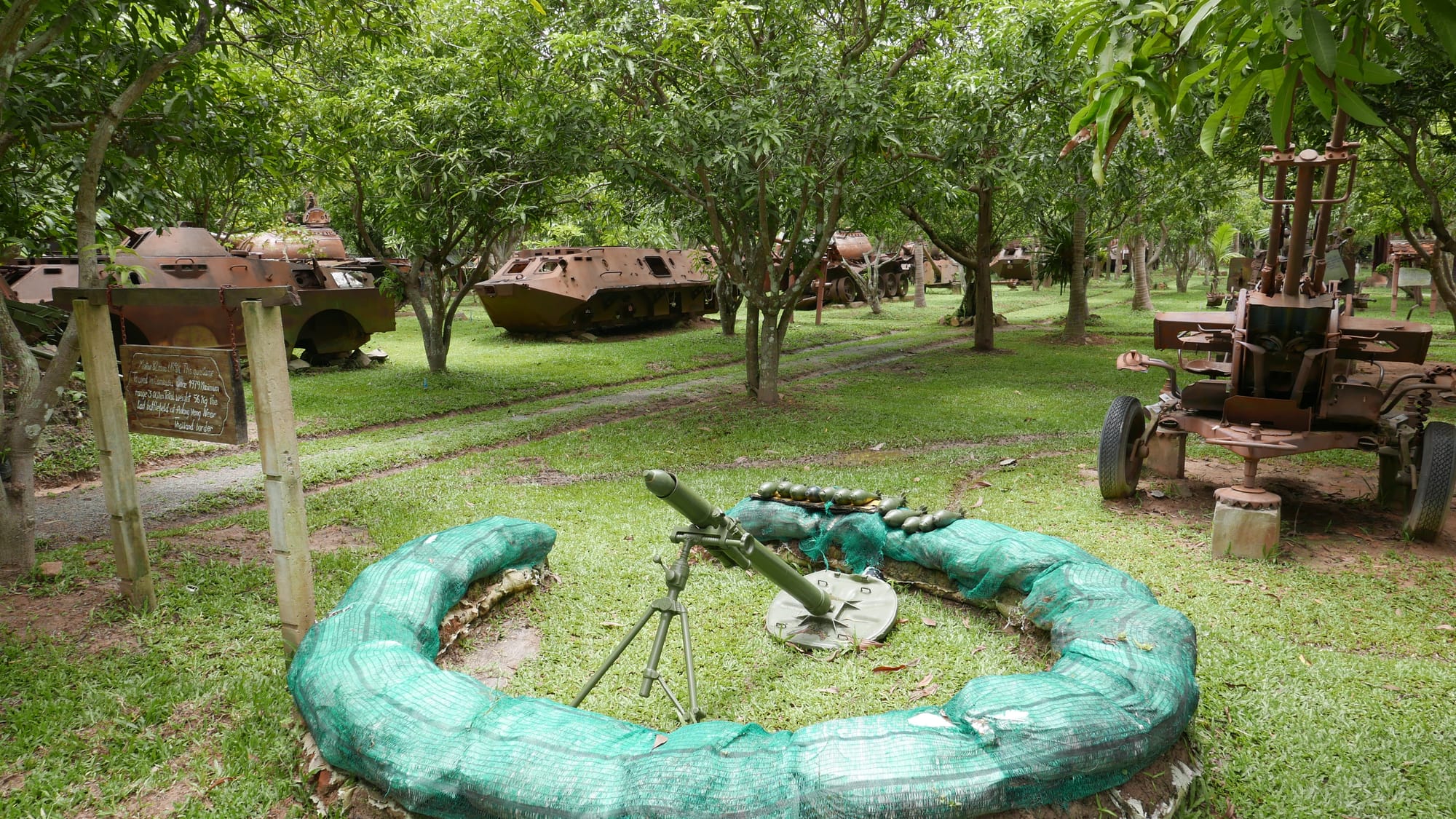
The War Museum is near Siem Reap, and when I visited, it was the only war museum in the country. I was shown around the museum by a guide who had been in the army for nine years in the 1980s and had lost his family to the Khmer Rouge in the Killing Fields when he was 8. My guide had been wounded several times while serving in the army, including being shot and blown up by grenades and mines.
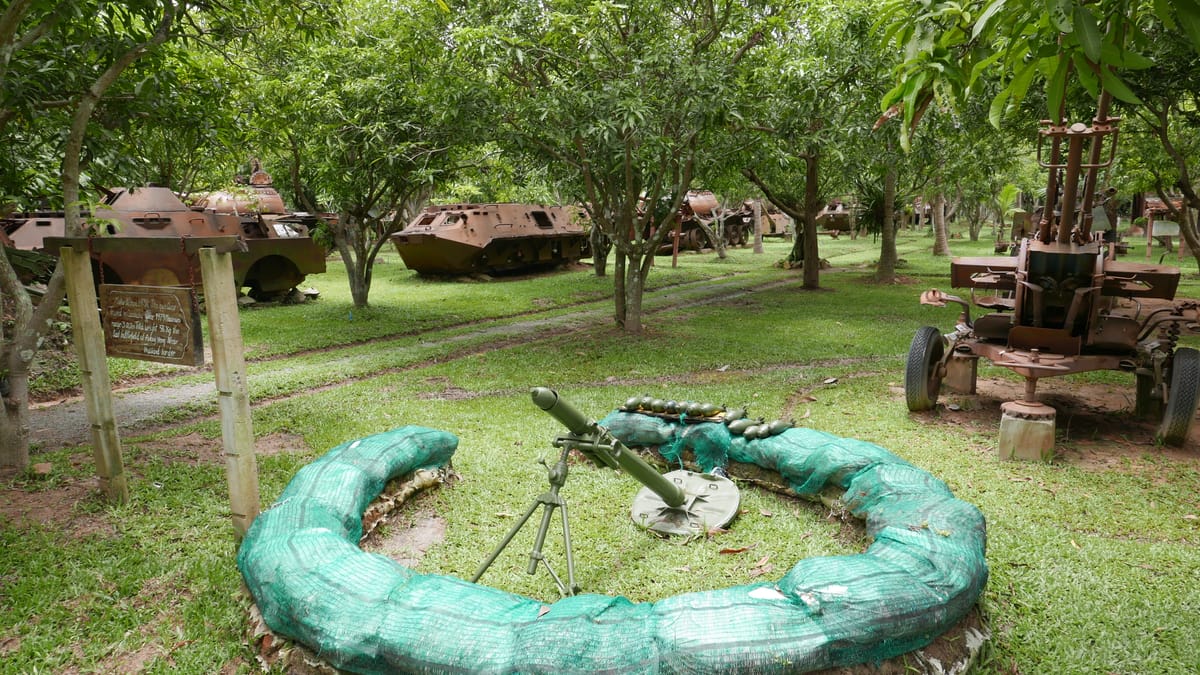
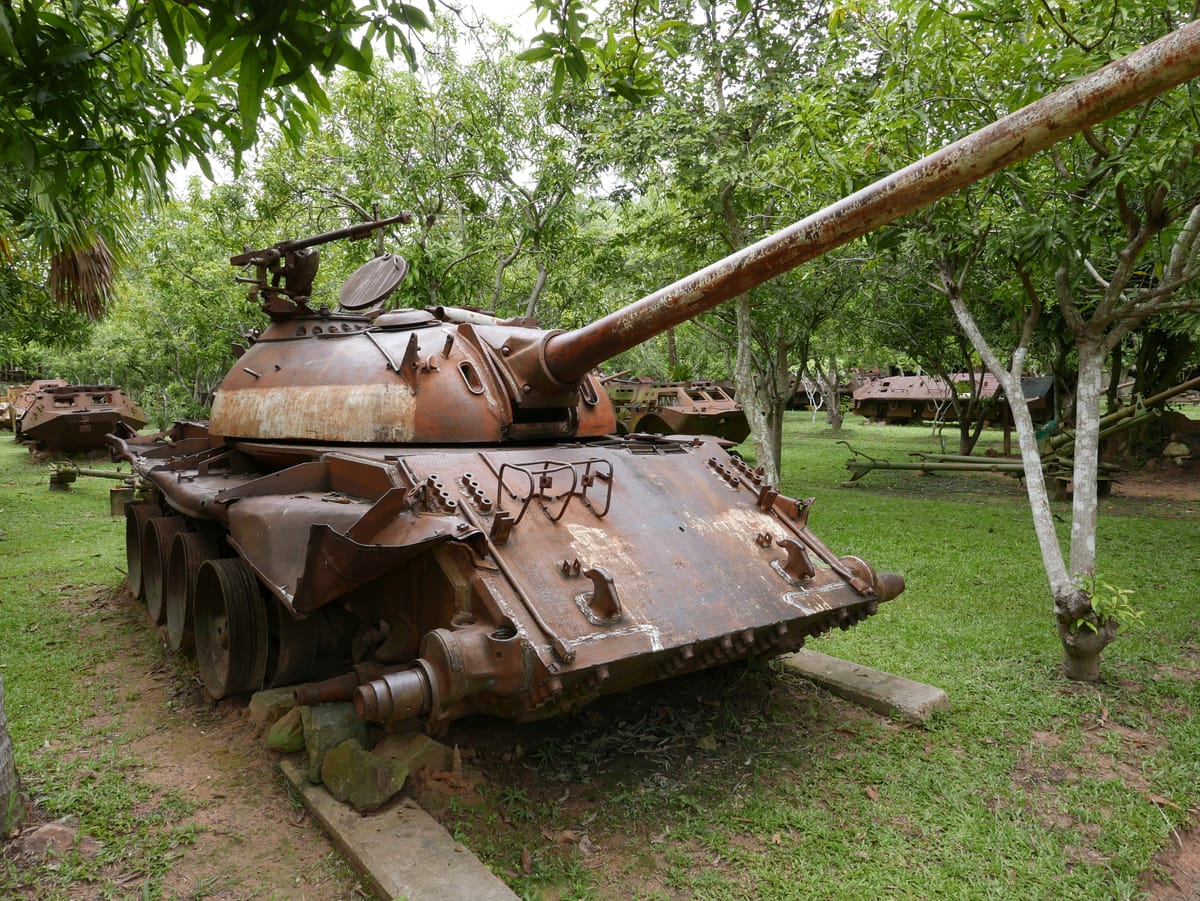
Summary
As I said at the start, the private tour was worth it.
I felt using a private guide was worth the cost as it meant I could get to places with very little hassle, everything was planned, and if there were any problems, I had a local ‘fixer’ on hand.
Yes, the tour was expensive, and we were often back at my hotel earlier than I would have liked, but the removal of ‘hassle’ made the cost worth it. I wouldn’t have been able to get around the number of temples and sites I did without the guide.
Highlights of the tour?
Well, when I look back, my ‘highlight’ surprises me.
Angkor Wat underwhelmed me; I was deeply impressed by the smaller, older temples and enjoyed my deep-fried insects. But the highlight for me, and I often think about it, was the hour or so I spent with the veteran at the War Museum. I found the experience to be profoundly moving and impactful. To hear his story firsthand was incredible and something I will never forget.
